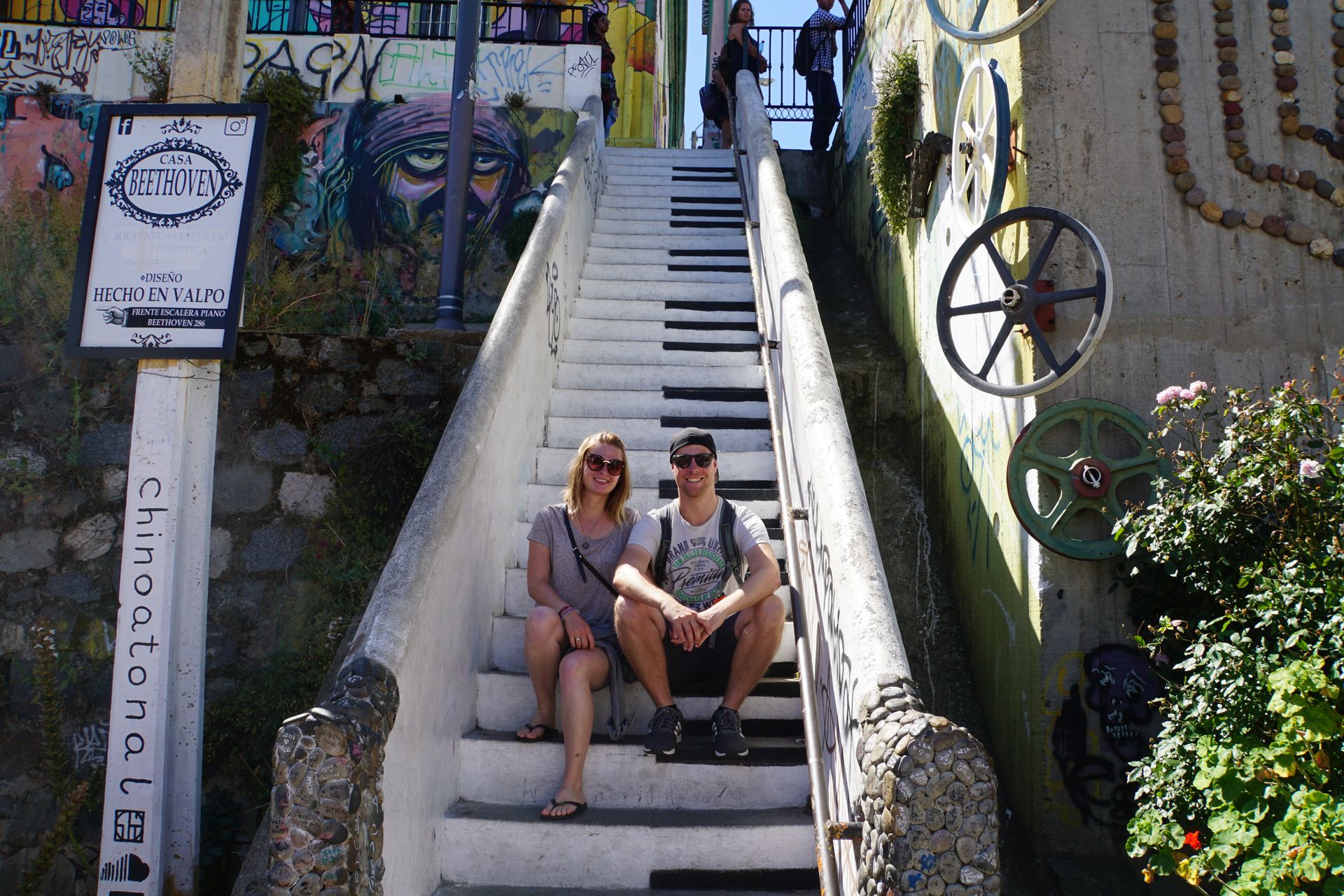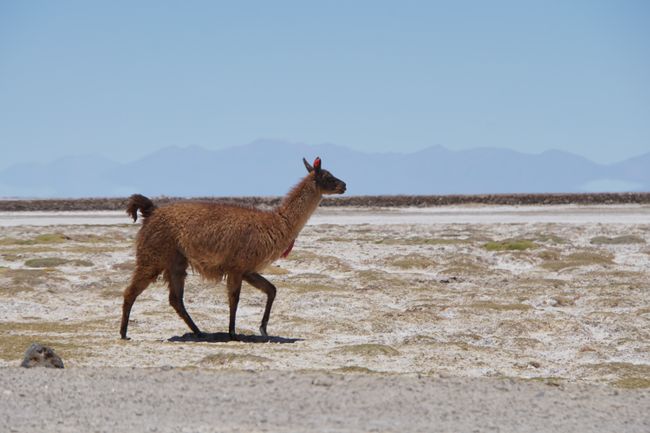Big Island of Chiloé
प्रकाशित: 14.01.2019
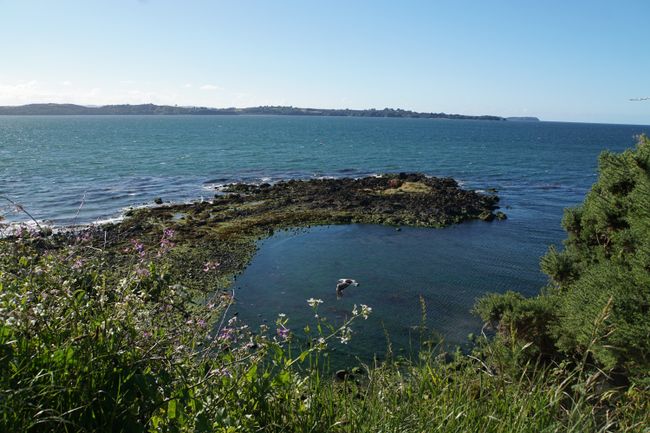
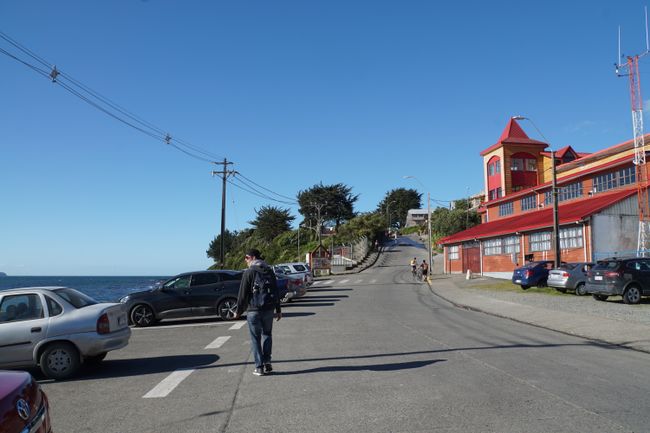
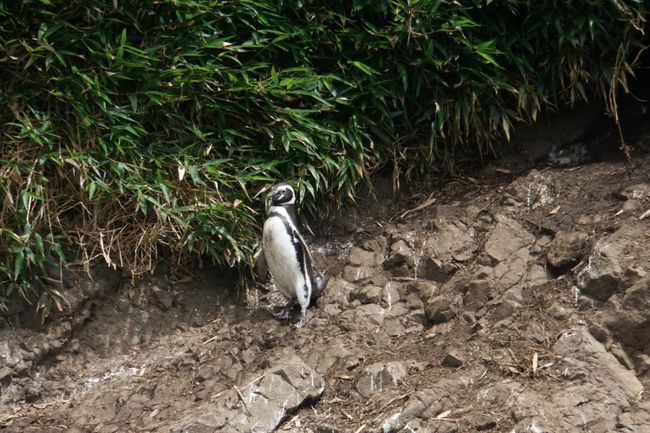
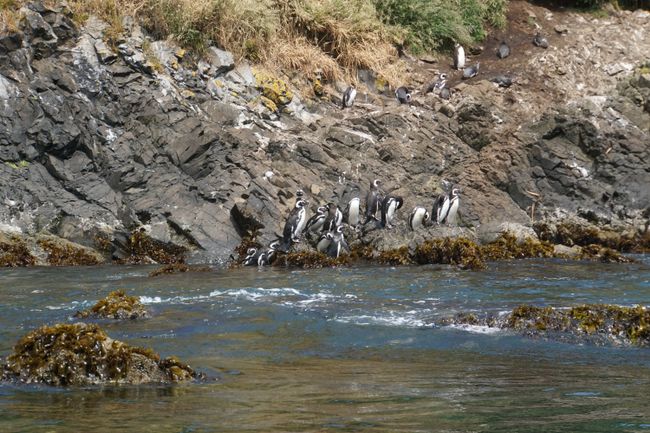
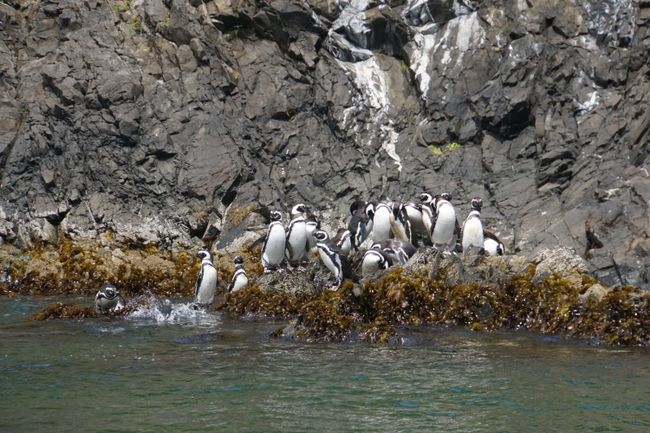
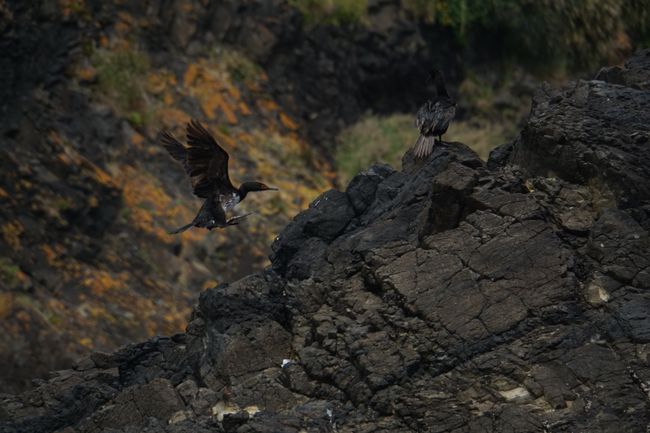
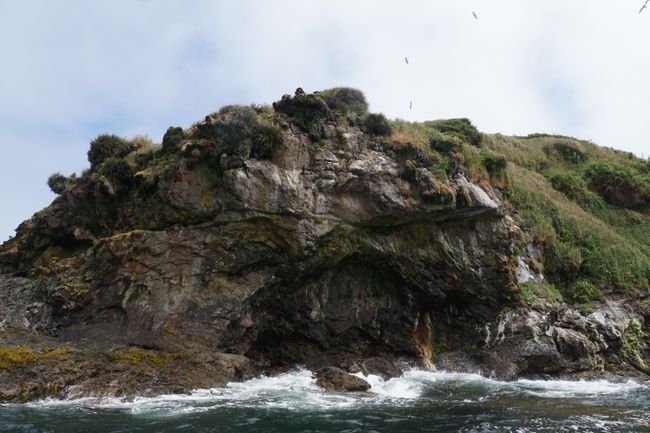
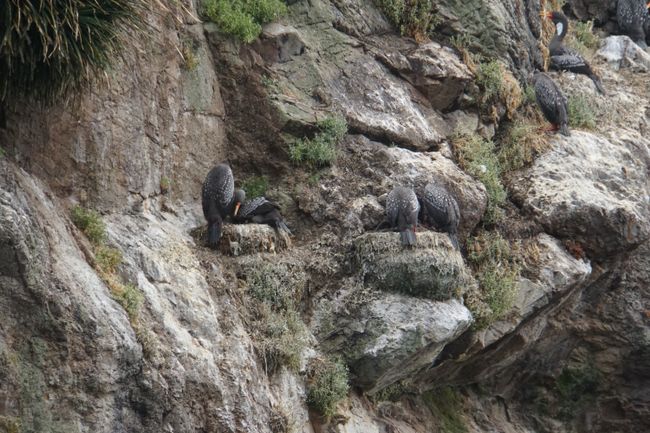
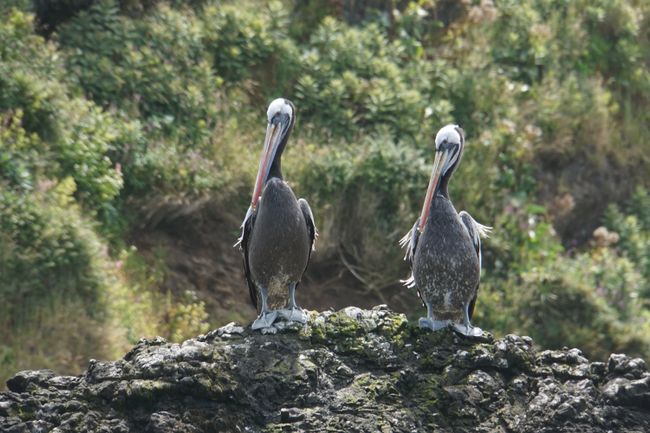
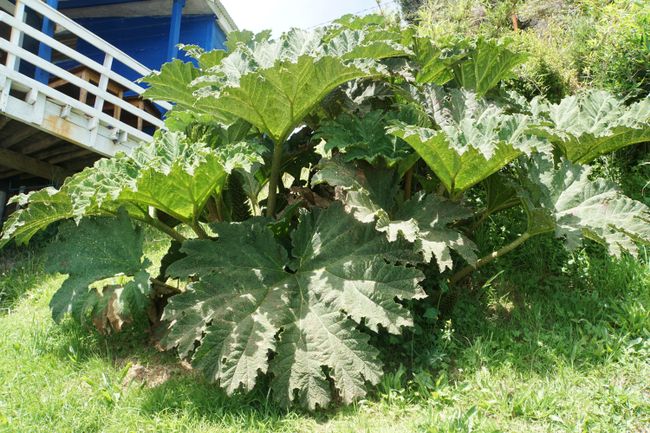
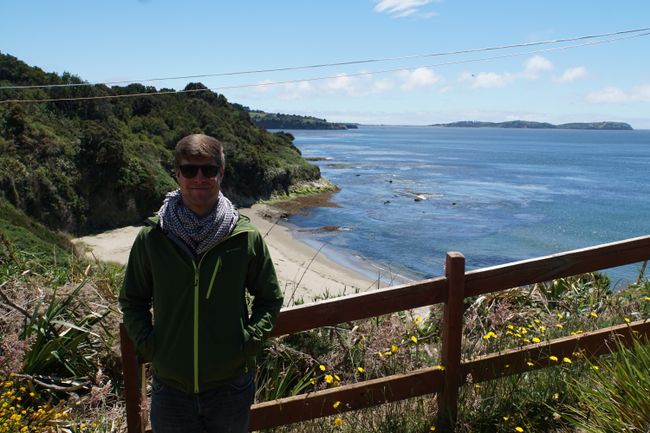
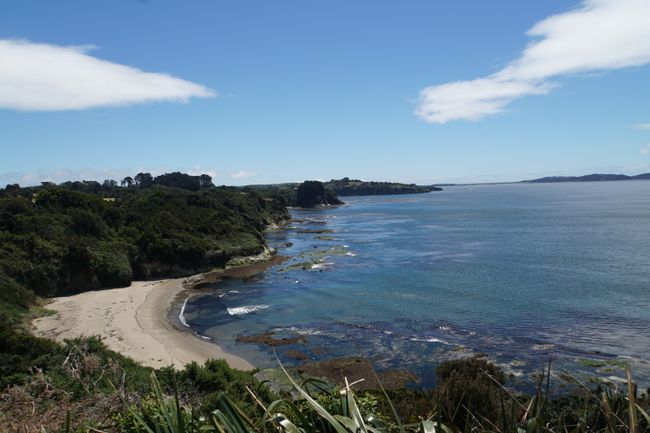
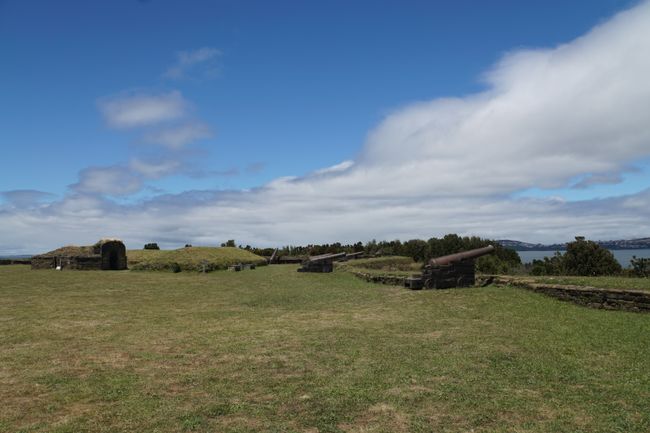
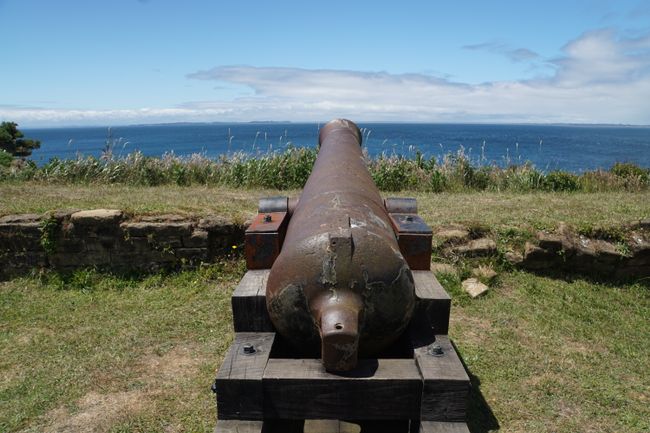
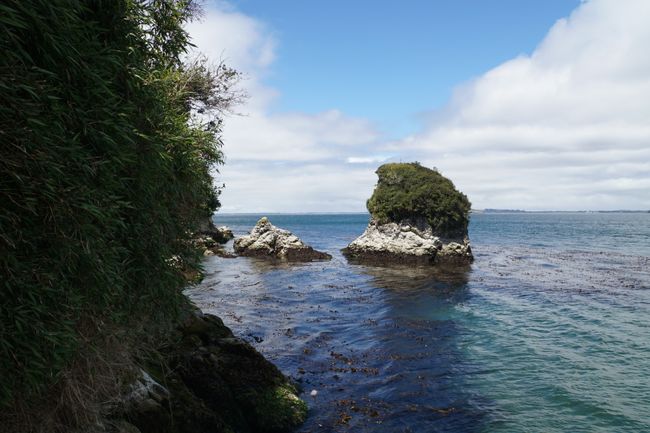
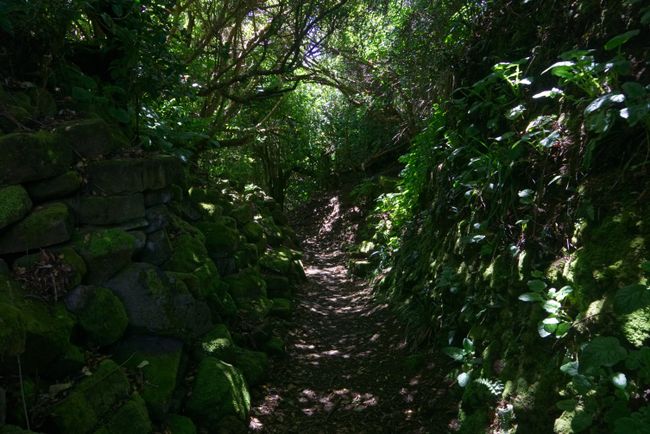
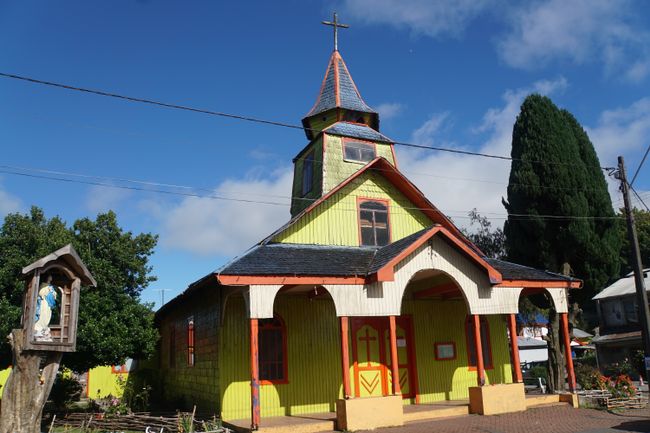
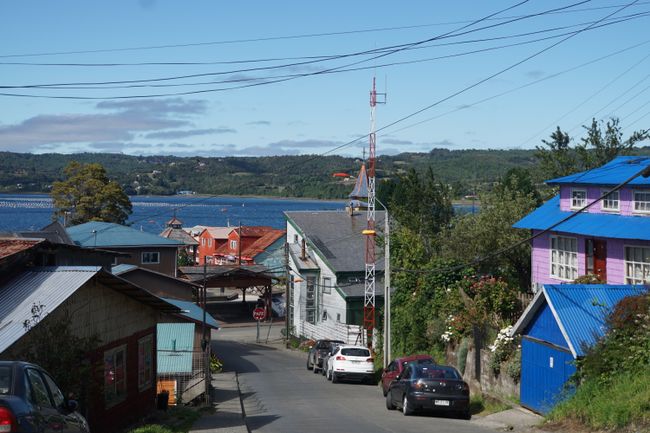
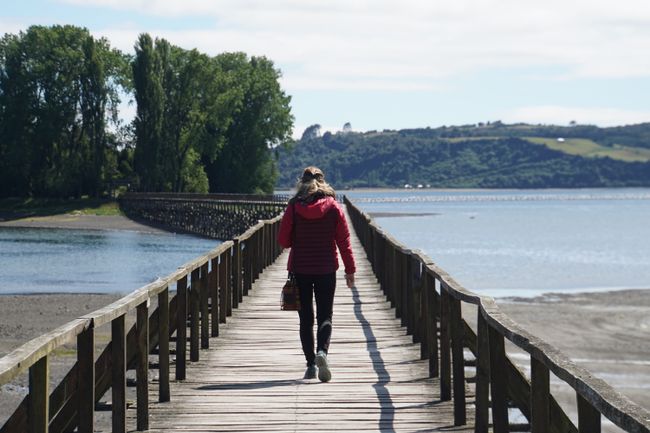
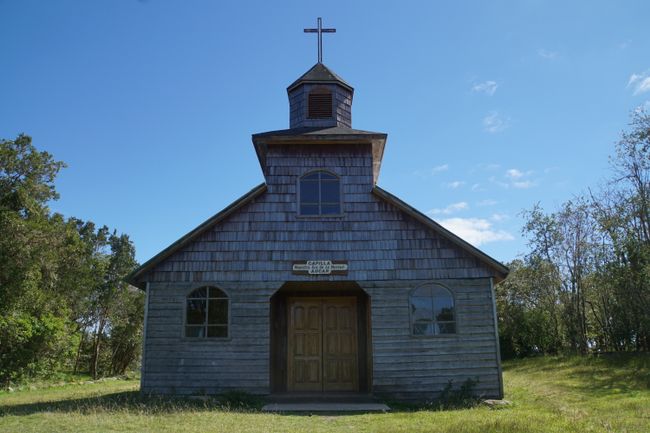
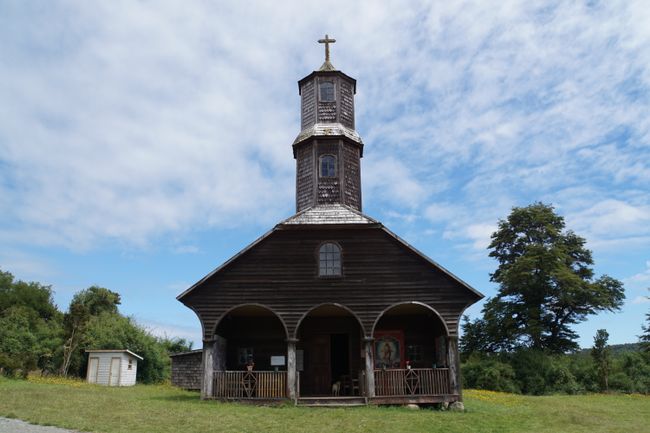
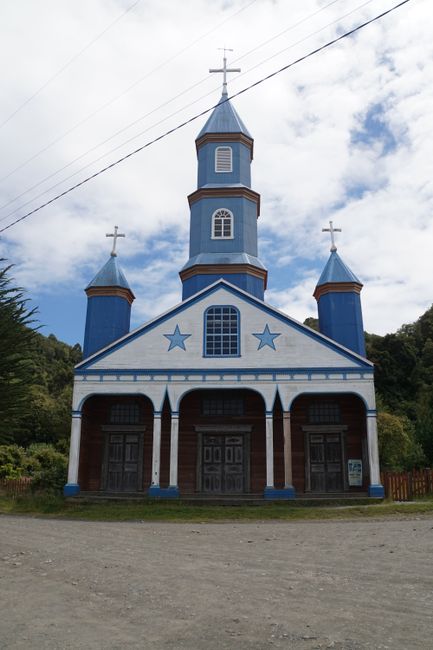
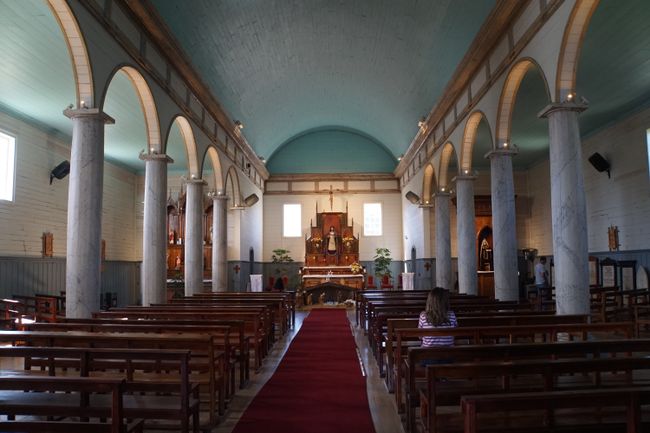
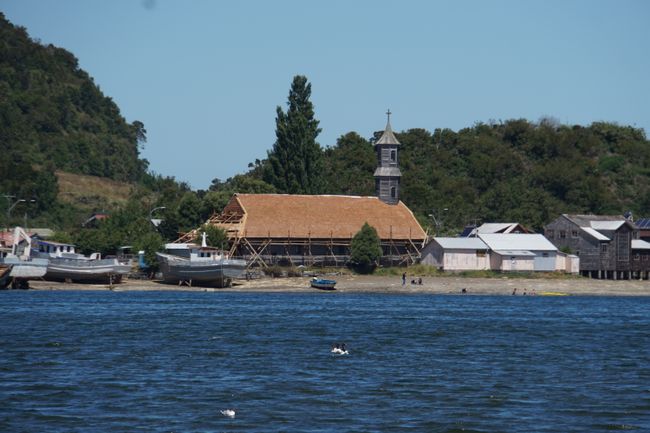
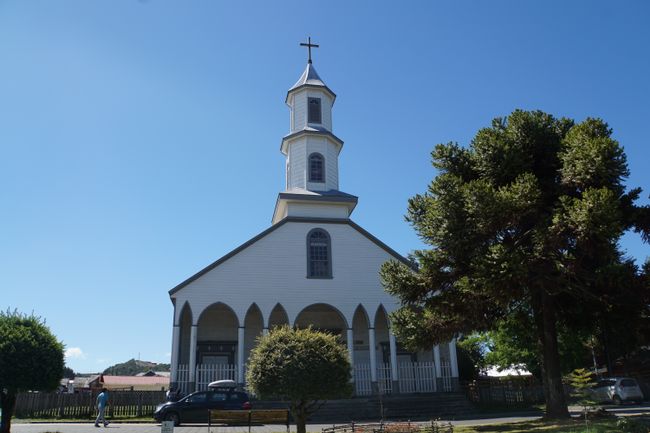
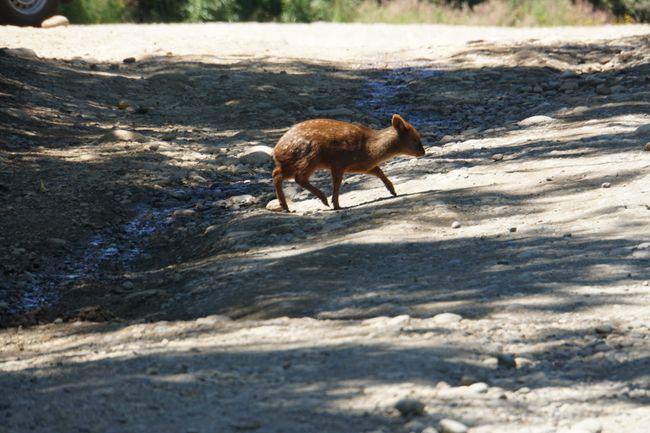
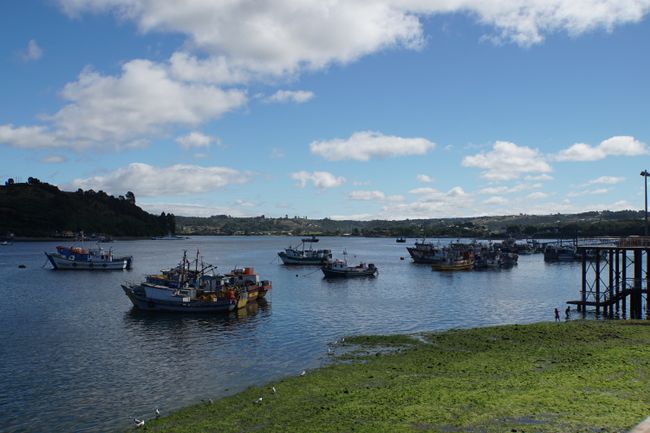
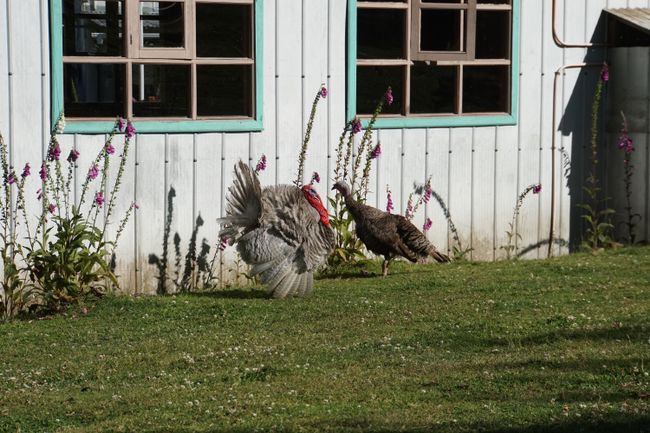
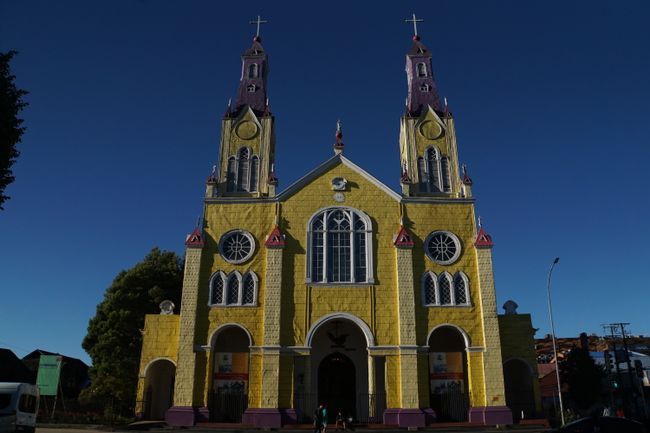
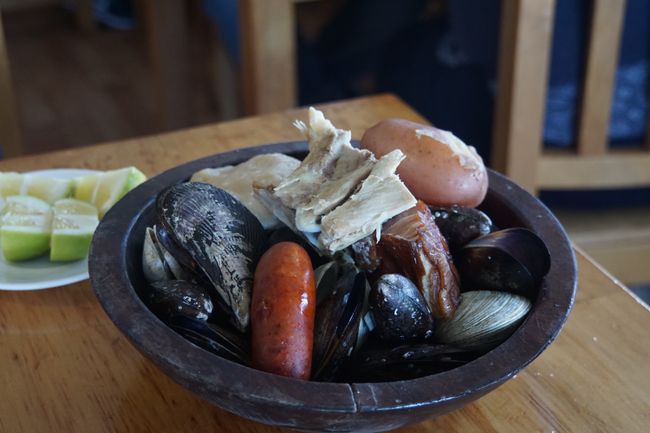
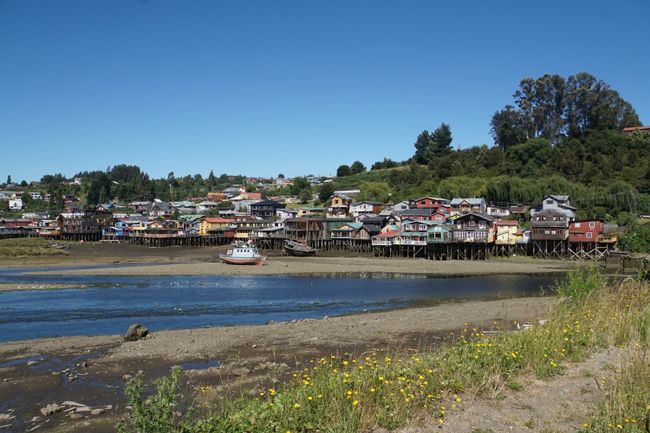
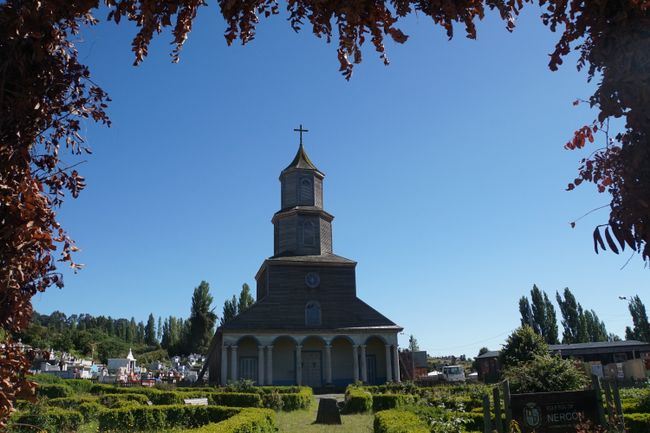
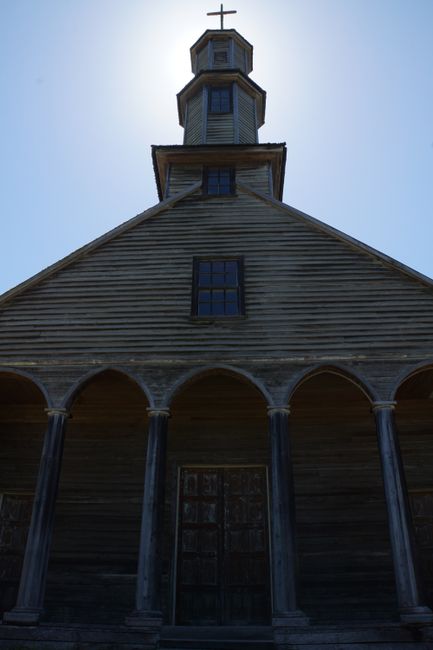
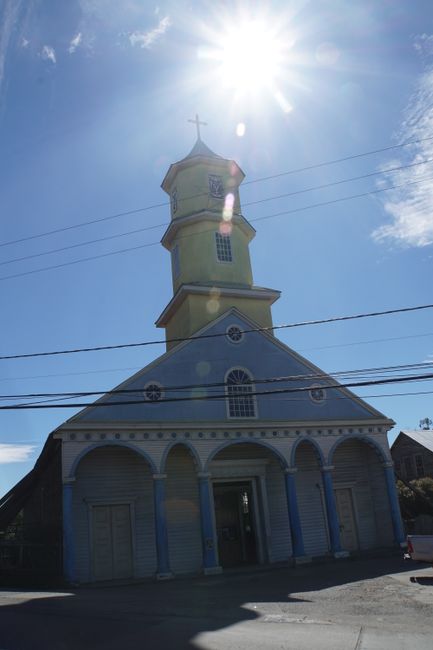
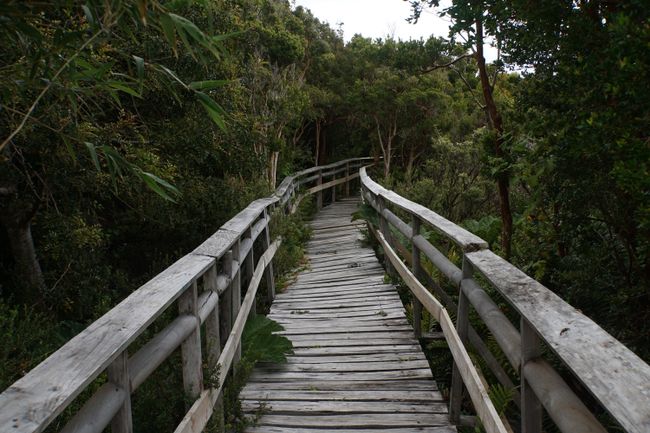
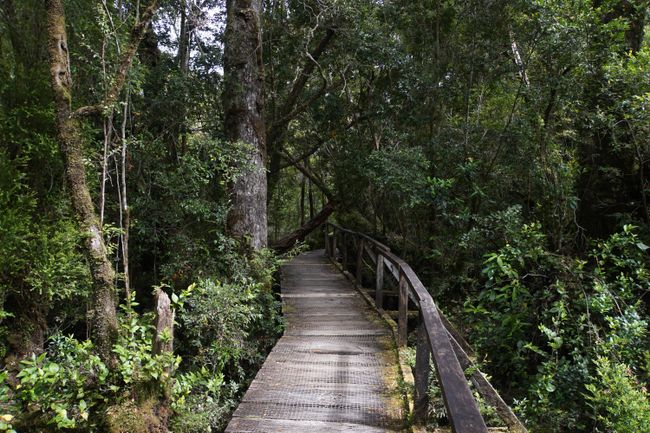
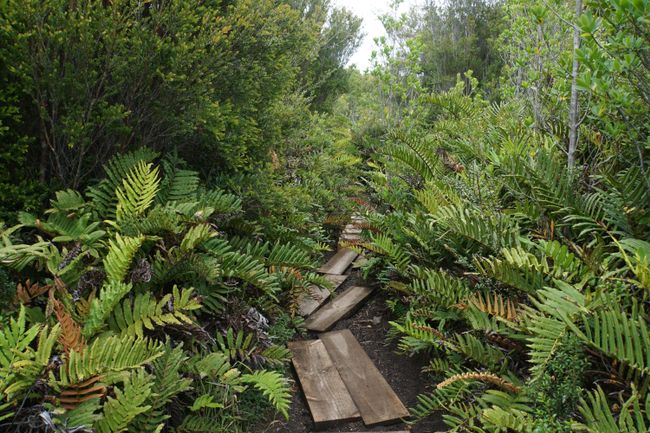
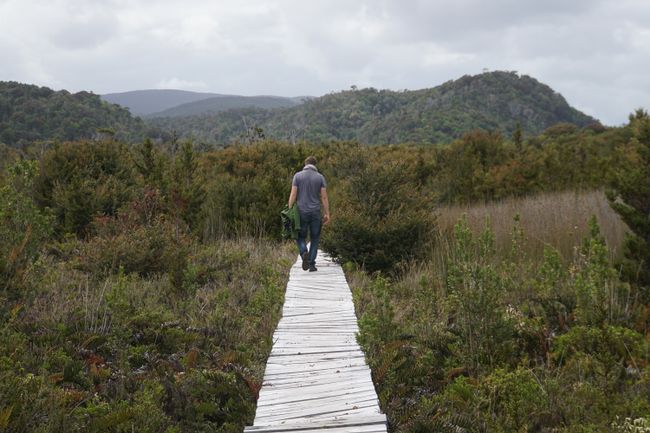
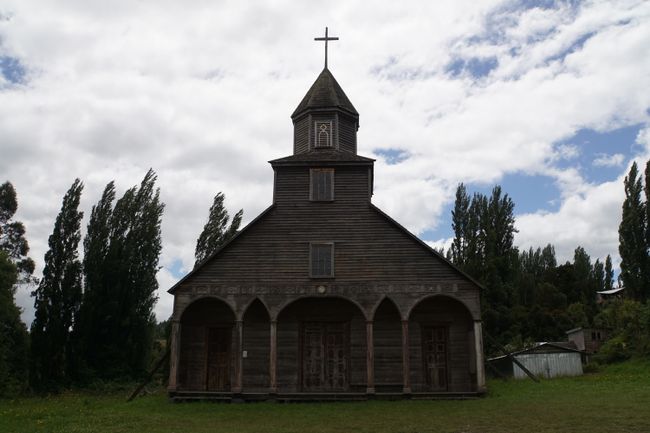
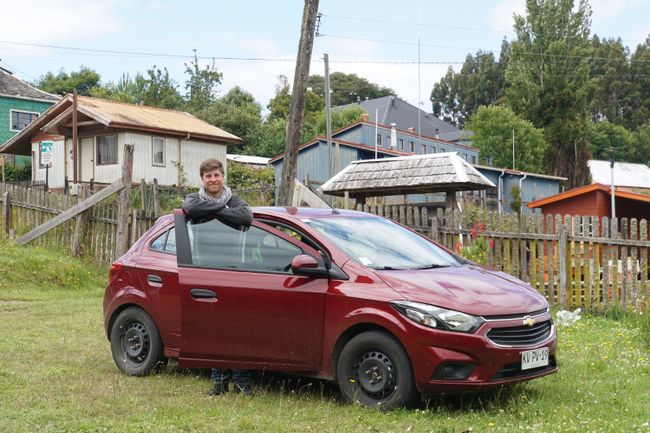
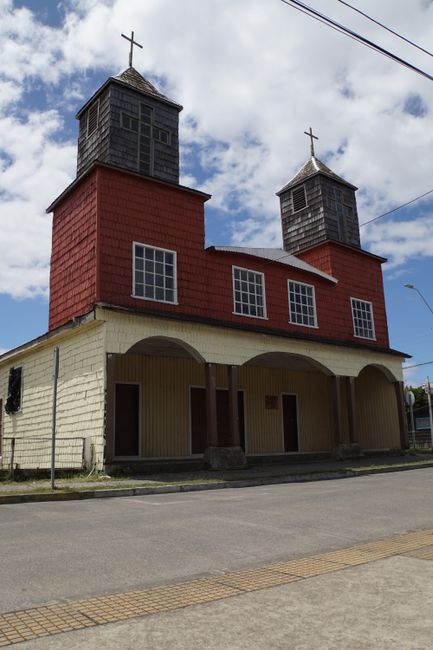
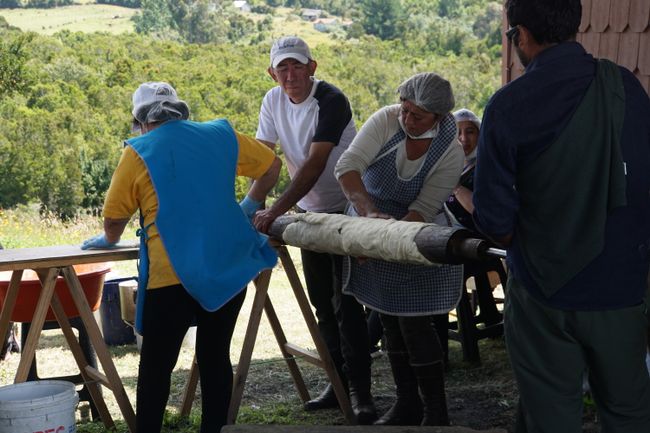
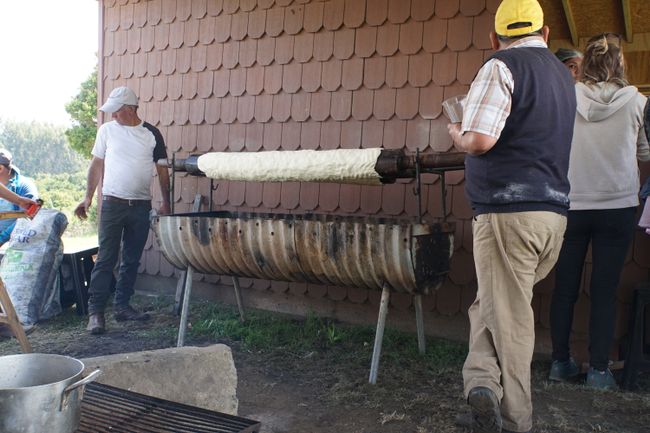
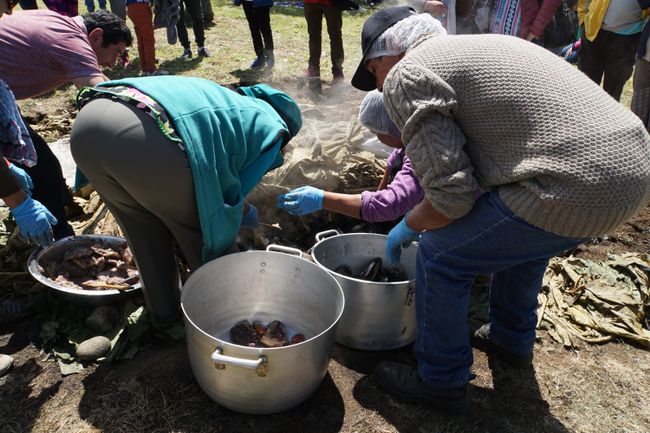
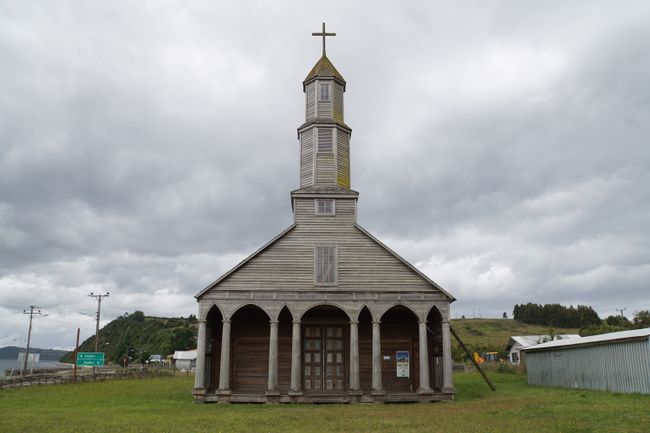
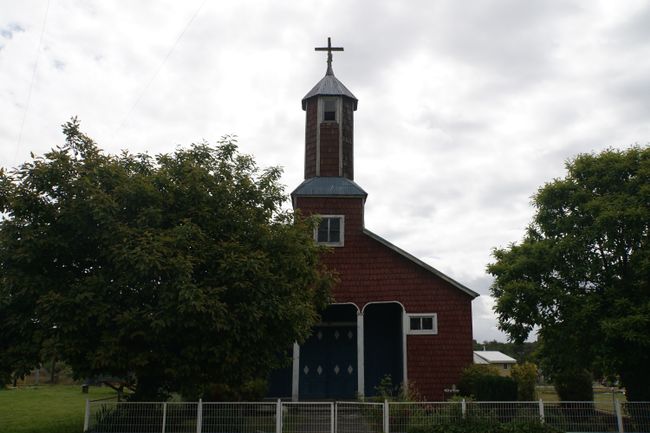
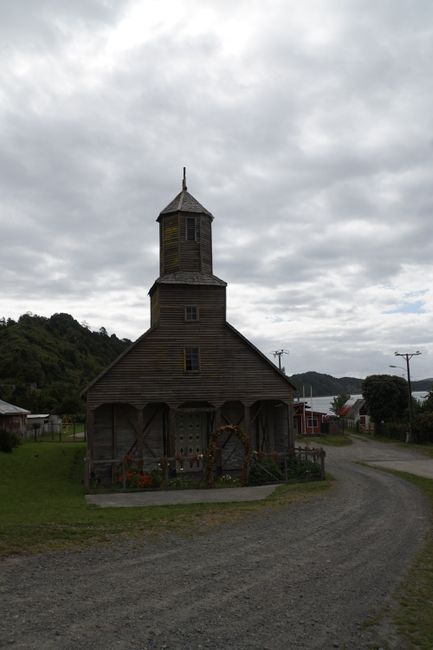
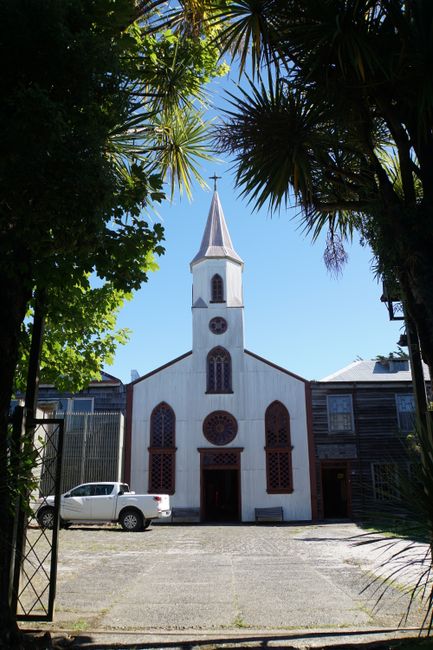
समाचारपत्रस्य सदस्यतां गृहाण
Chiloé is the second largest island in Chile after Tierra del Fuego. It is about 180km long and 50km wide, making it easy to explore in a few days. Like Puerto Varas, the island also belongs to the Los Lagos region. Our journey to Ancud in the north of Chiloé is already spectacular. We take a bus onto a large ferry and cross the 2km channel of Chacao to the Pacific Ocean. Our hosts in Puerto Varas told us that sometimes we can see dolphins swimming next to the ferry. Unfortunately, we are not lucky enough to see them, but we see a few lazy seals lying on buoys and sunbathing, and a few huge pelicans gliding elegantly just a few centimeters above the water surface.
Our first stop on Chiloé is Ancud, a small town in the north. There, we first go to a camping site. We have decided to camp exclusively on Chiloé to save some money. Then we go to the tourist information center and get the tip to explore the island with a rental car, as it offers more flexibility than buses and allows us to see more. Fortunately, the rental car is very affordable, so a car will be our mobile companion for the next four days. It is already late afternoon and we look for a café to plan our route for the island tour. There, we meet a German girl who is doing a one-year student exchange in Ancud and she gives us some tips. Unfortunately, we did not find the recommended crab empanadas during our four days. Afterwards, we explore Ancud. There is not much to discover here. There is an old fort that we visit and a wooden church. By the way, Chiloé is known for its wooden churches! In the 17th century, the Jesuits began the Christianization of the island. They were very diligent and built around 150 wooden churches on Chiloé. Despite all their efforts, the permanent Christianization of the island failed. Nowadays, 16 of these churches are part of the UNESCO World Heritage Site and attract tourists to the small, idyllic island all year round. Another fun fact about Chiloé: besides Peru, the island is considered a possible place of origin of the potato (Wikipedia). Even today, about 200 different varieties of potatoes still grow on the island and they are an integral part of the traditional Chiloé dish, Curanto, a stew with mussels, meat, and potatoes.
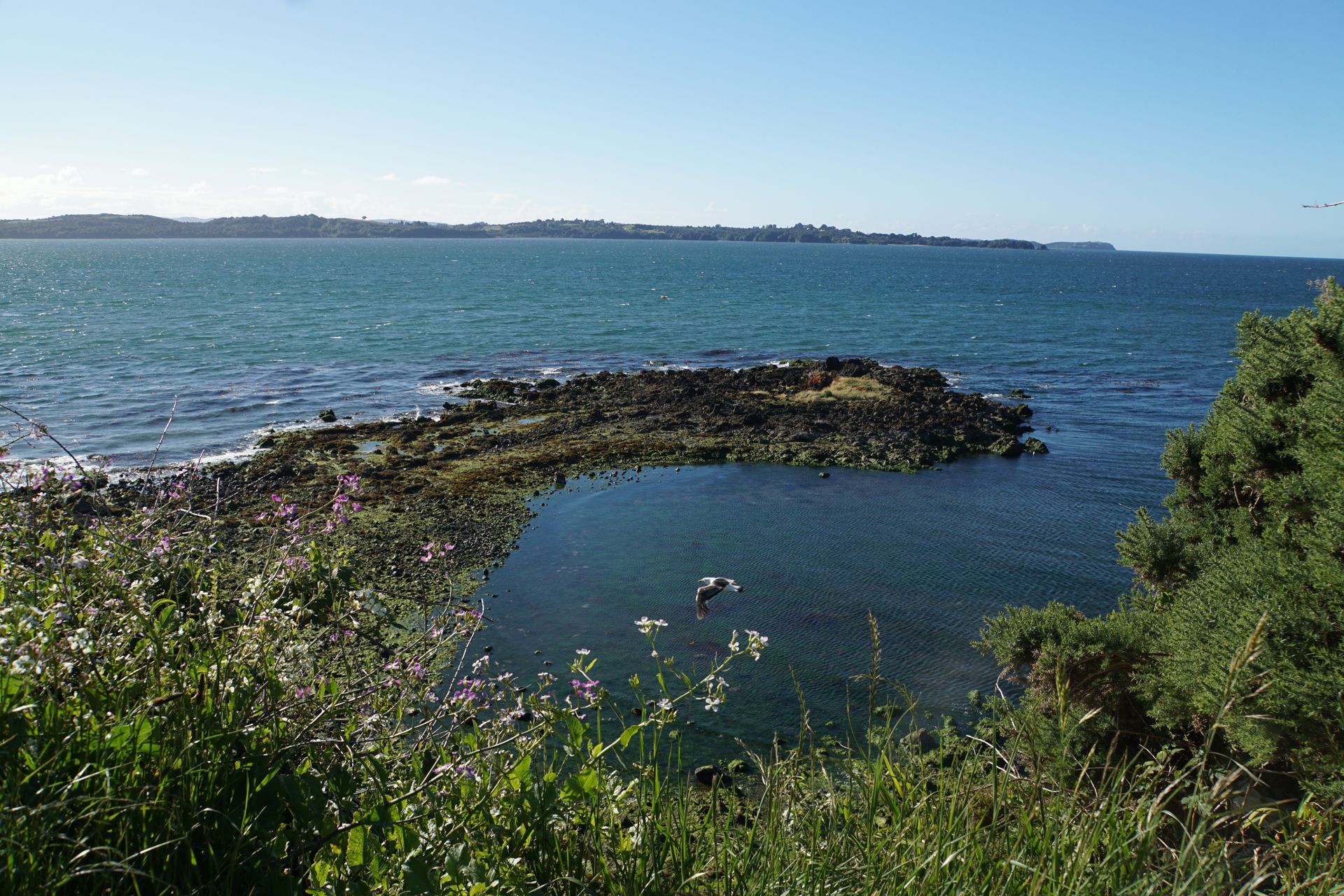
View from the Fort in Ancud to the sea
On our second day on Chiloé, we want to visit the Puñihuil Islands. On these three small islands, you can observe both Humboldt and Magellanic penguins in their natural habitat. Additionally, these islands provide a habitat for a variety of other animals, such as blue-eyed shags, sea lions, and pelicans. We drive there with our small red Chevy in about 40 minutes and board one of the small boats that bring spectators close to the rock formations.
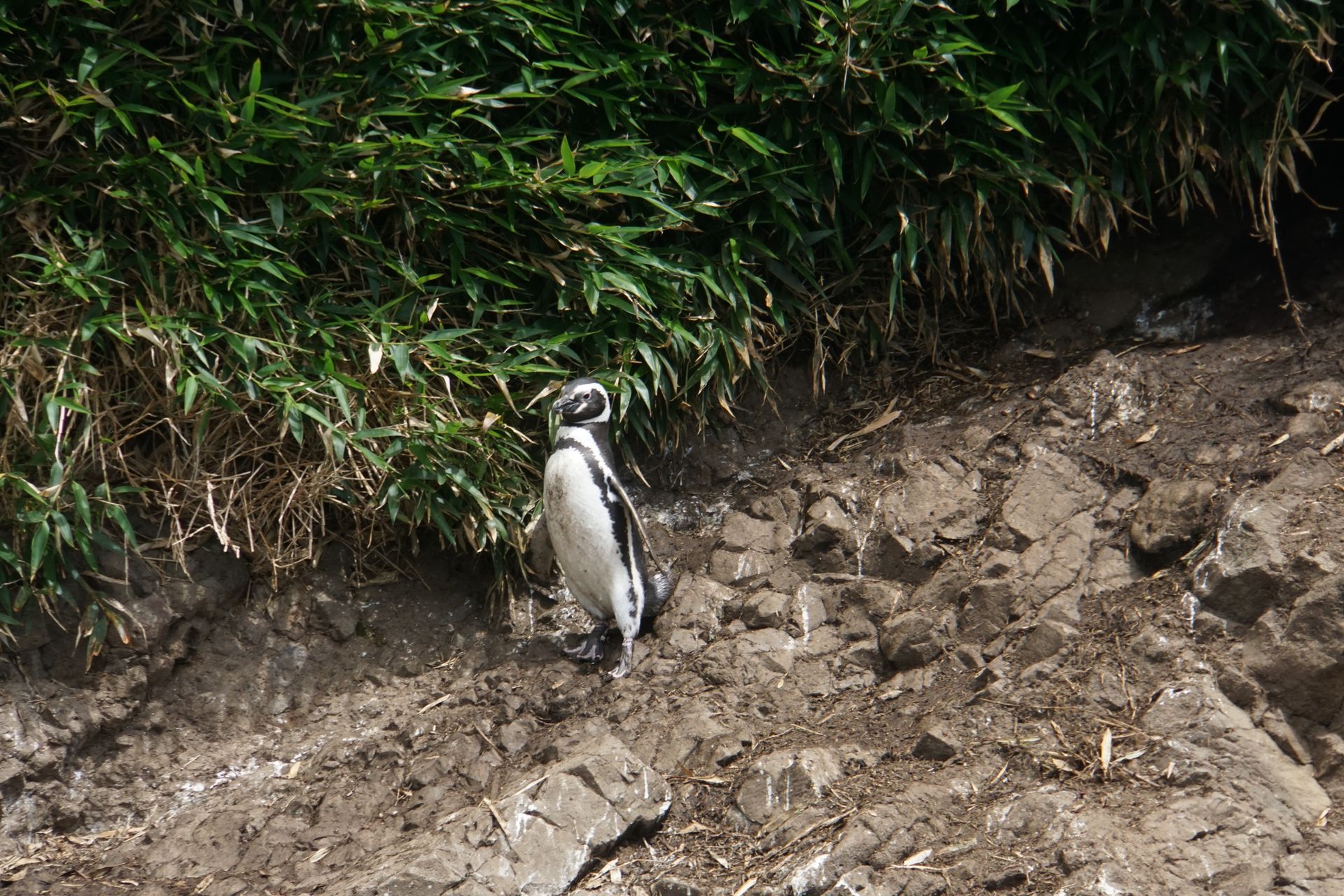
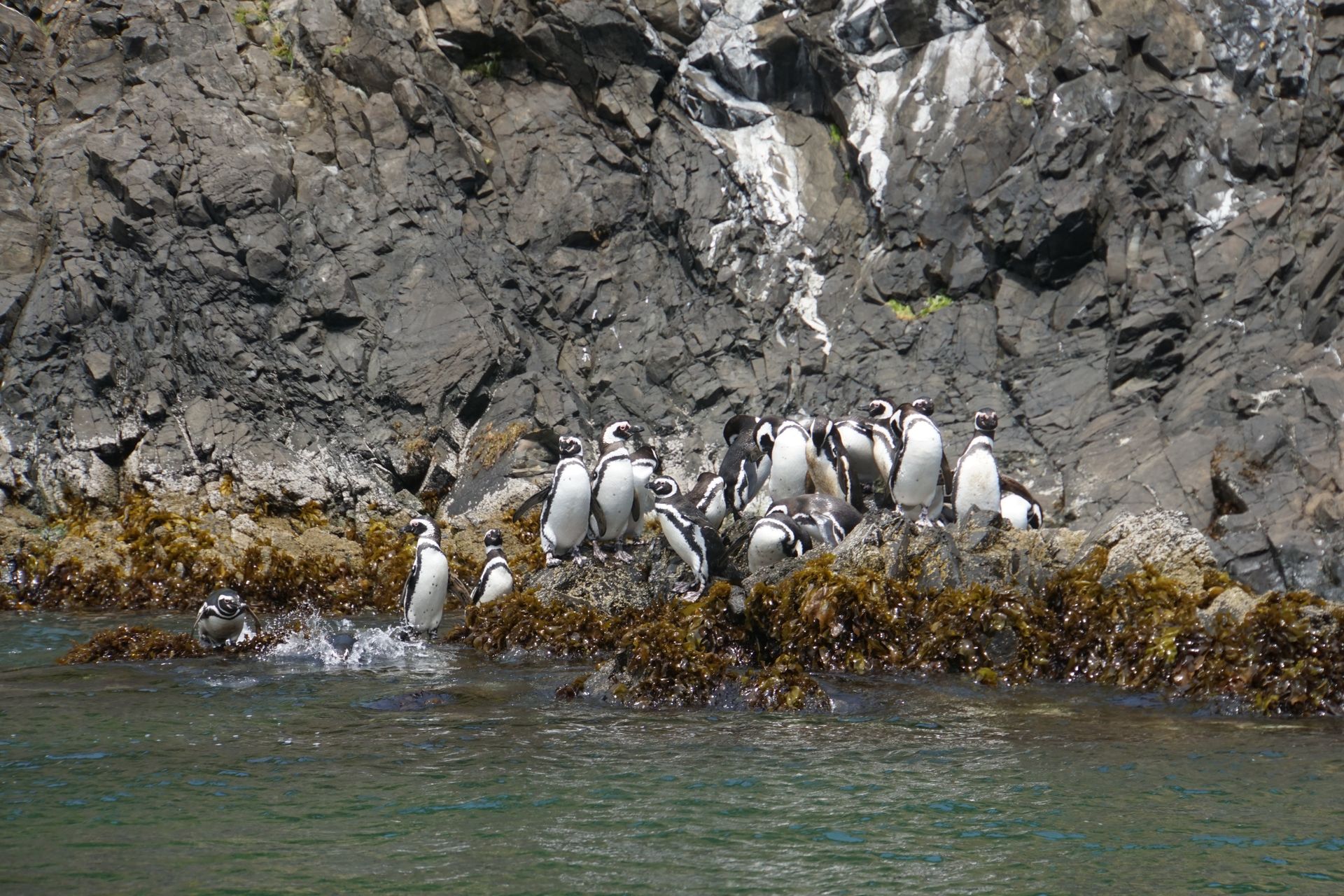
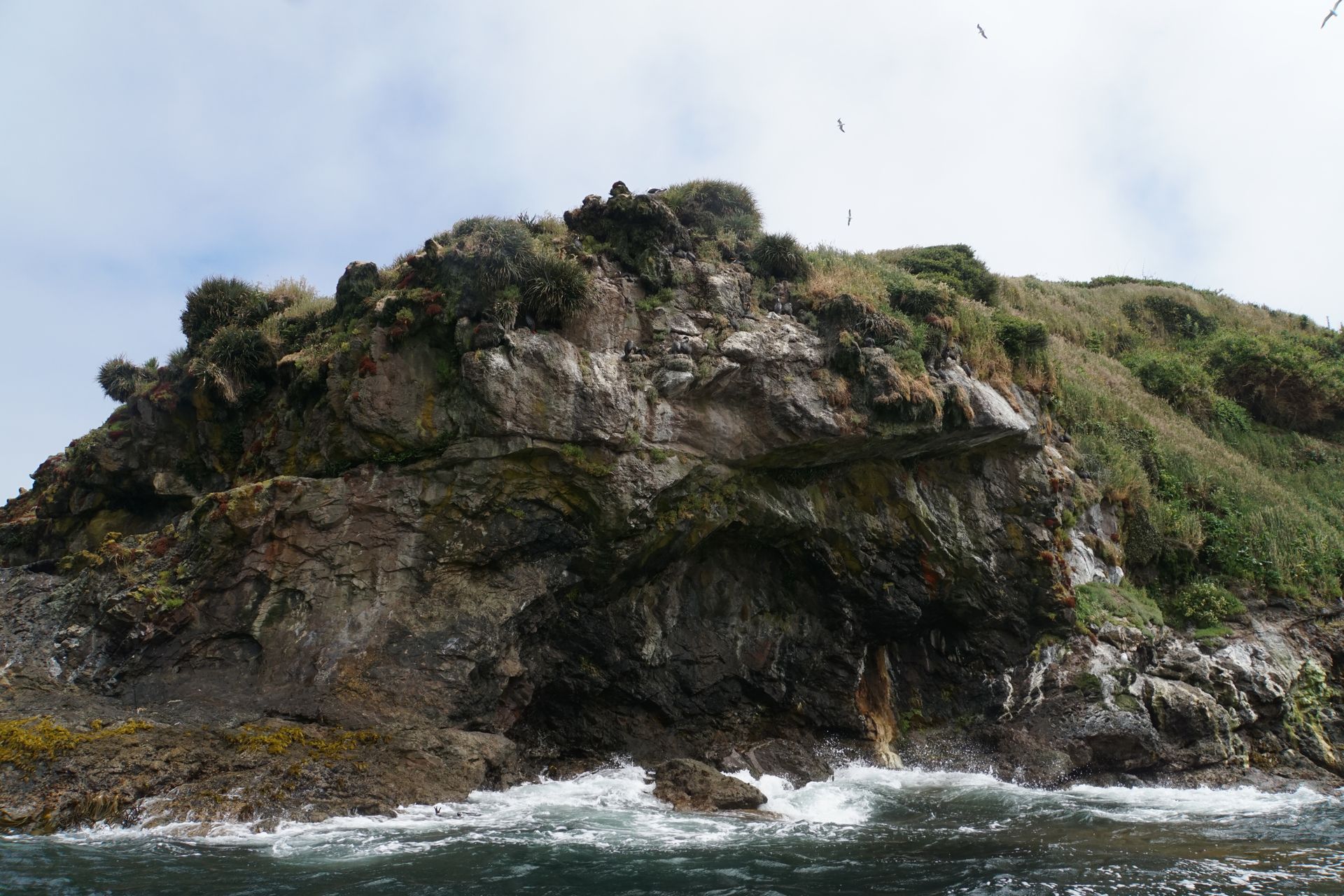
The rocks are rugged and sharp,...
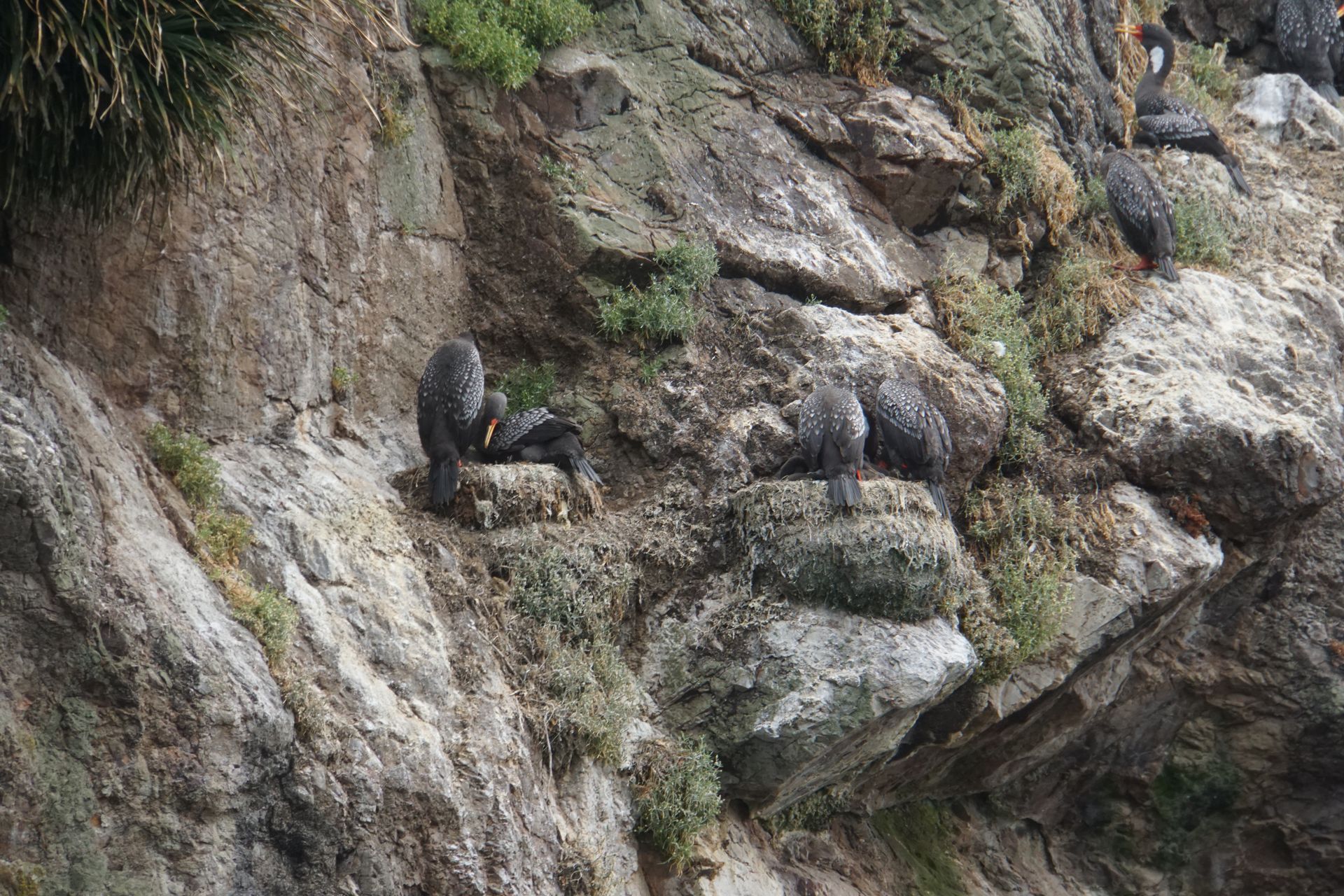

After visiting the islands, we continue to Fuerte Agui, a fortress in the north of Chiloé, which was built by the Spaniards in 1779. In general, the Spaniards built many fortresses in South America to defend their colonies against natives and pirates. Therefore, you can see many defensive structures on the coasts, but only a few pleasure palaces.
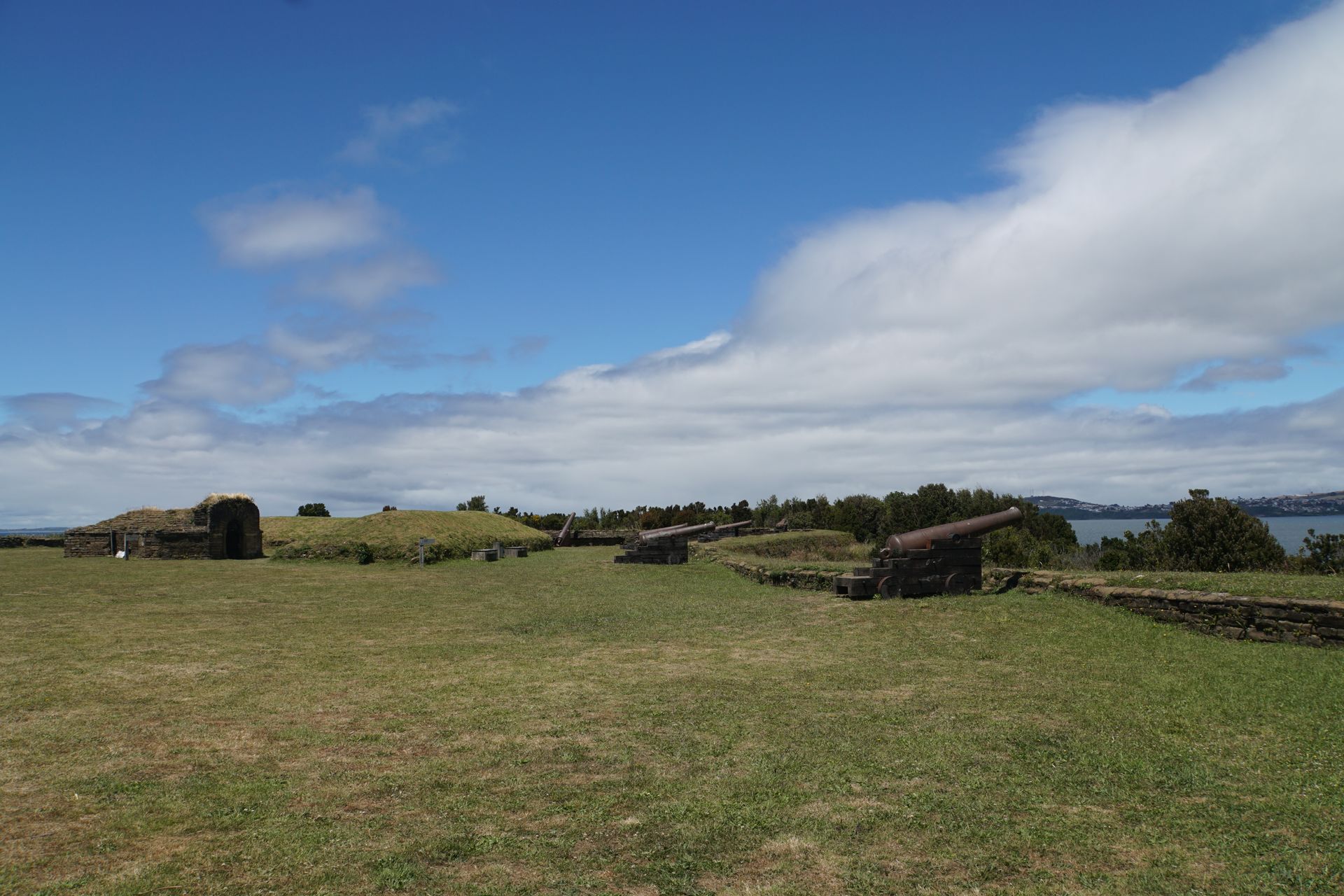
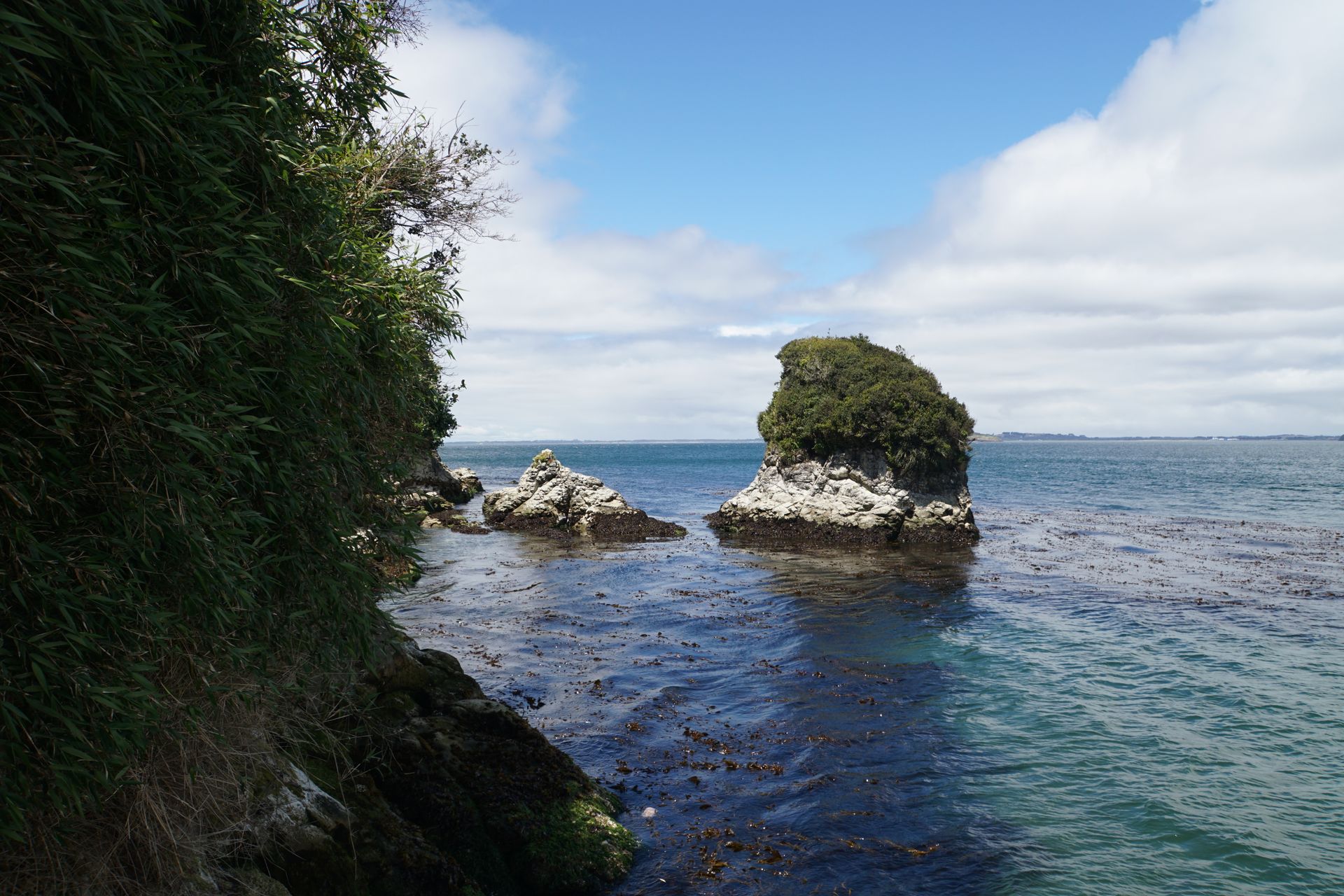
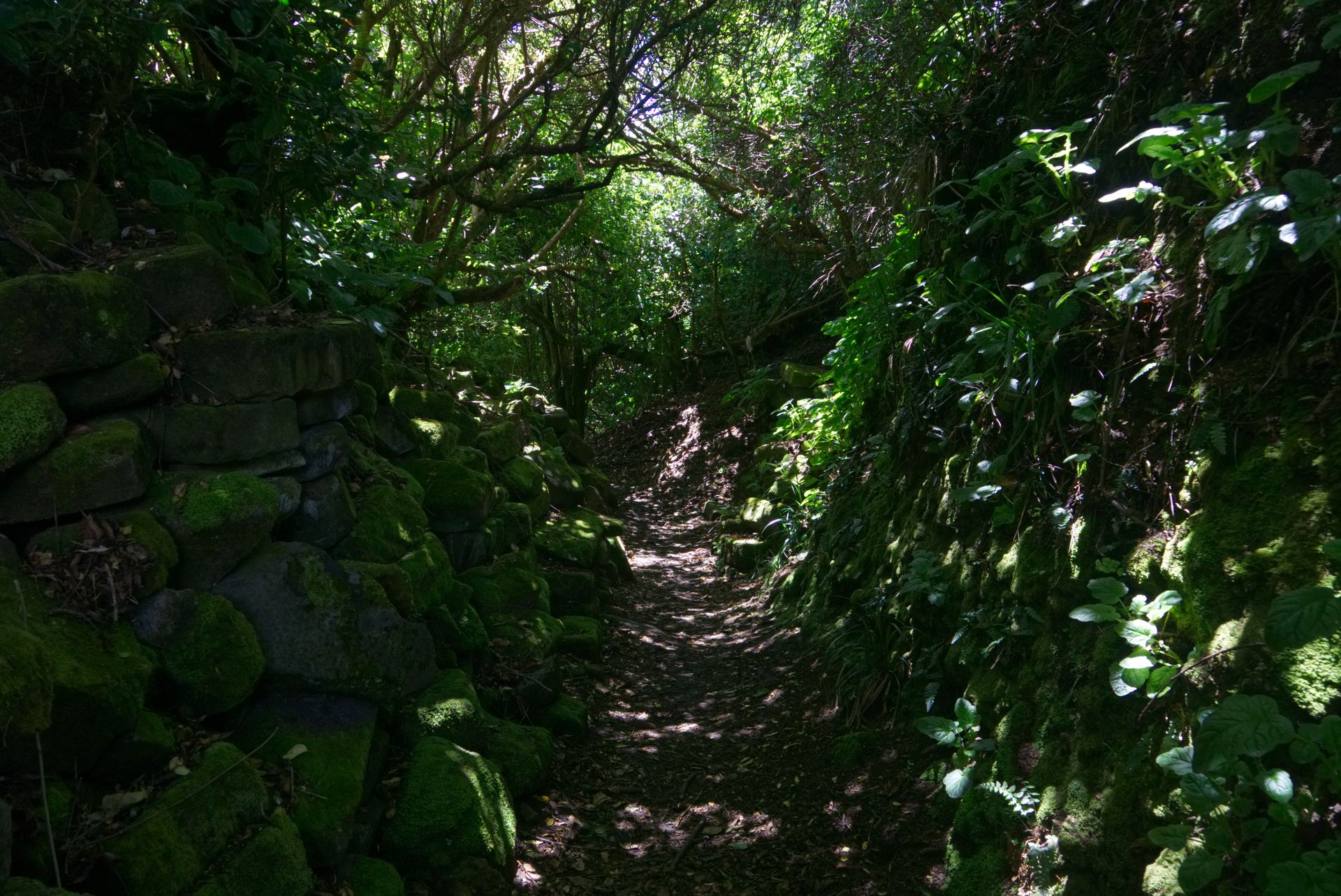
In the meantime, it is already late afternoon and it is time for us to continue driving to Quemchi in the south, where we want to set up our tent for the second night. Camping is very easy on Chiloé. It seems like every third house offers an attached campsite for little money. We find a small cozy campsite where we can pitch our tent for the second night.
The next morning, we first explore Quemchi. Here is the first UNESCO wooden church.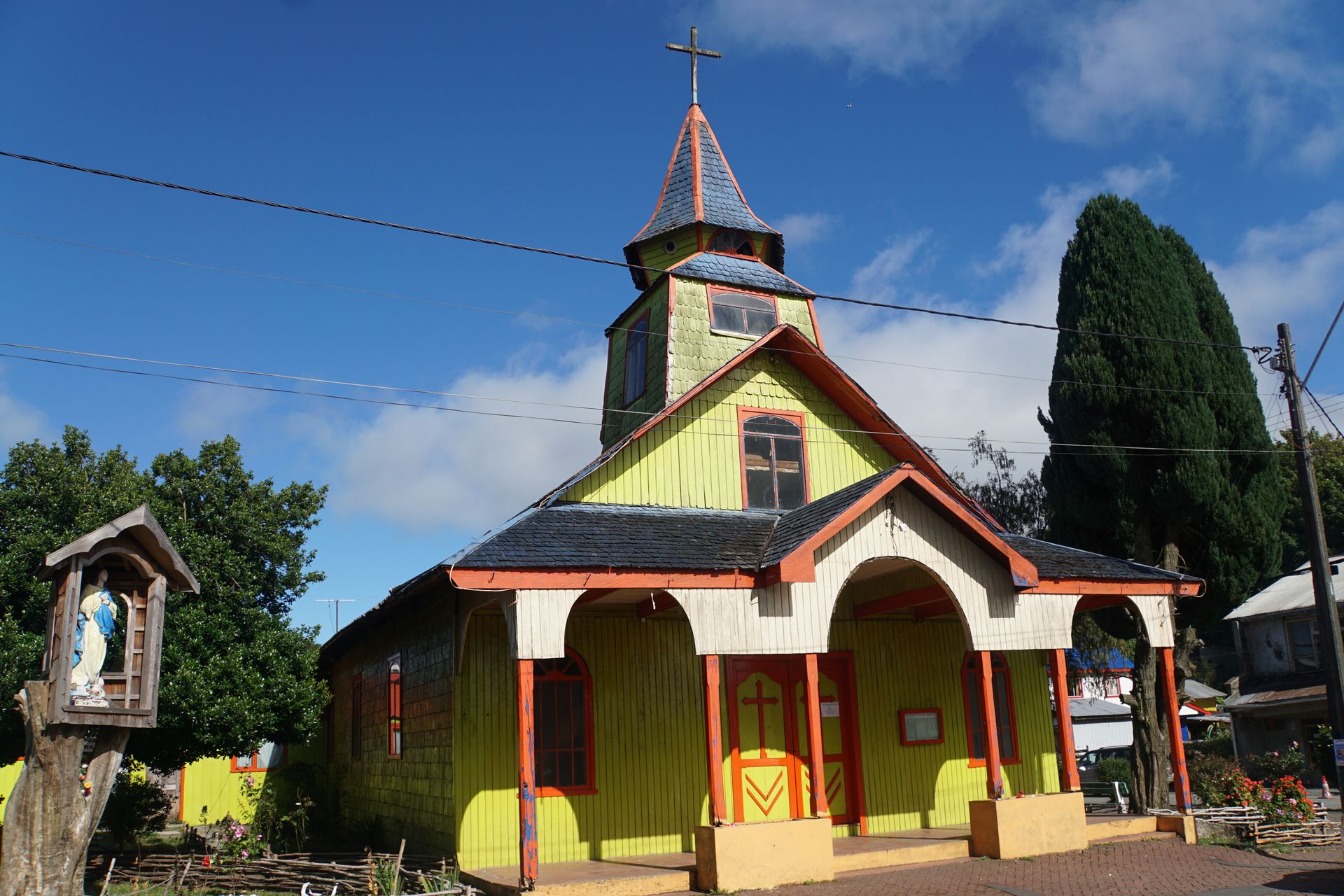 Wooden church in Quemchi
Wooden church in Quemchi
For us, the journey continues along the coast to the south towards Castro, the capital of Chiloé and our destination for today. We also see various wooden churches in Colo, Tanaun, and San Juan, and make a stop at an almost 20m high waterfall. Then something happens that we did not expect: on the way back to the car, we encounter a Pudu cow with her calf crossing the road. Pudus belong to the deer family and are the smallest deer in the world! They are barely bigger than a rabbit and still live in the wild on Chiloé. We did not expect to see a Pudu, as they are now considered an endangered species and are mainly active at night.
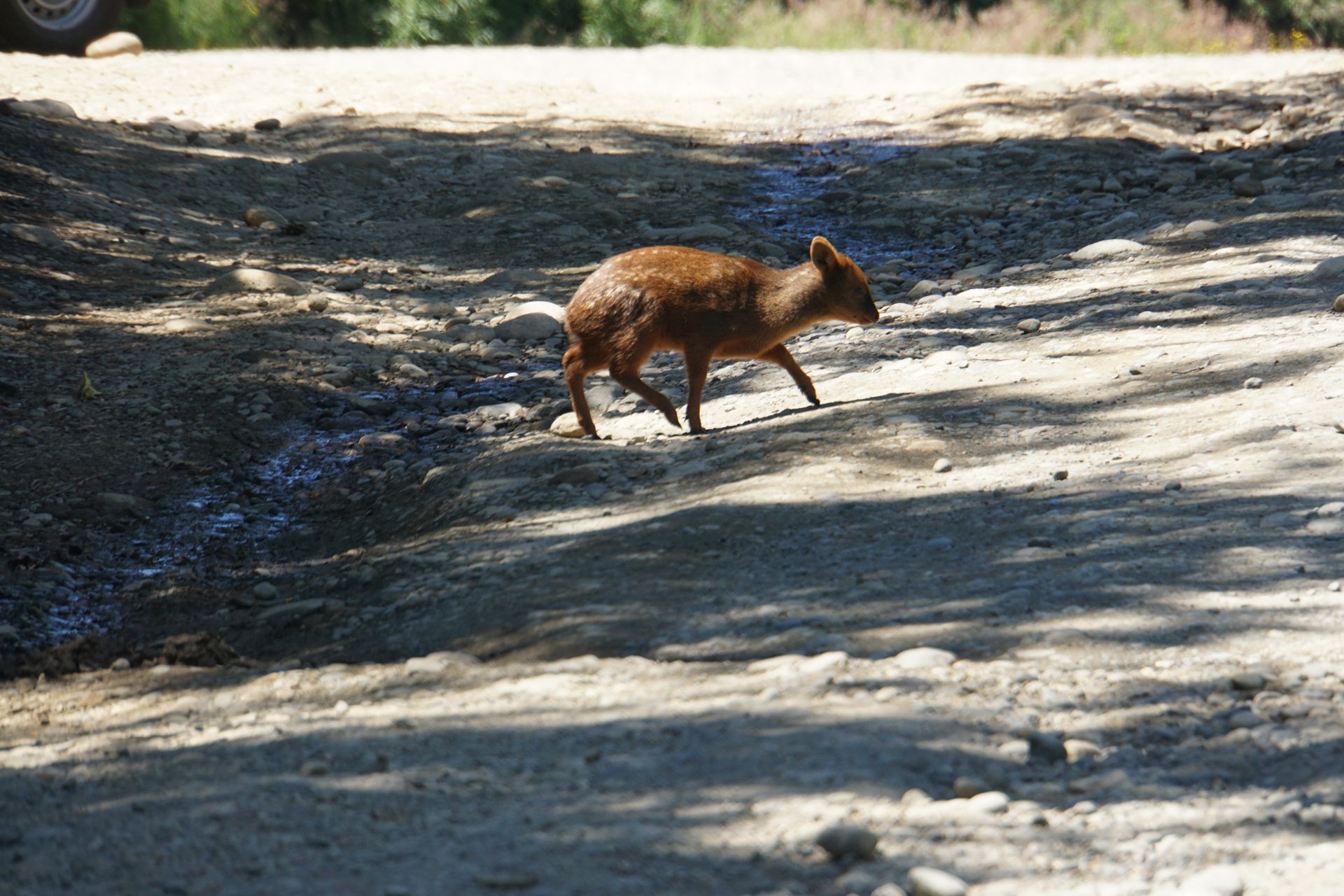
The next stop is Dalcahue. There is also a wooden church there. And also a beautiful waterfront promenade at the harbor. There is also a small hall at the harbor with various cocinerias - snack bars - where you can eat cheaply. We decide to have a small snack consisting of six empanadas with different fillings. The empanadas are freshly fried here and the mussel empanadas in particular taste excellent. Refreshed, we continue to the capital of Chiloé, Castro. There, we find an idyllic campsite just a little outside of Castro. Sheep and chickens graze next to our tents, and turkeys peck at their grains.
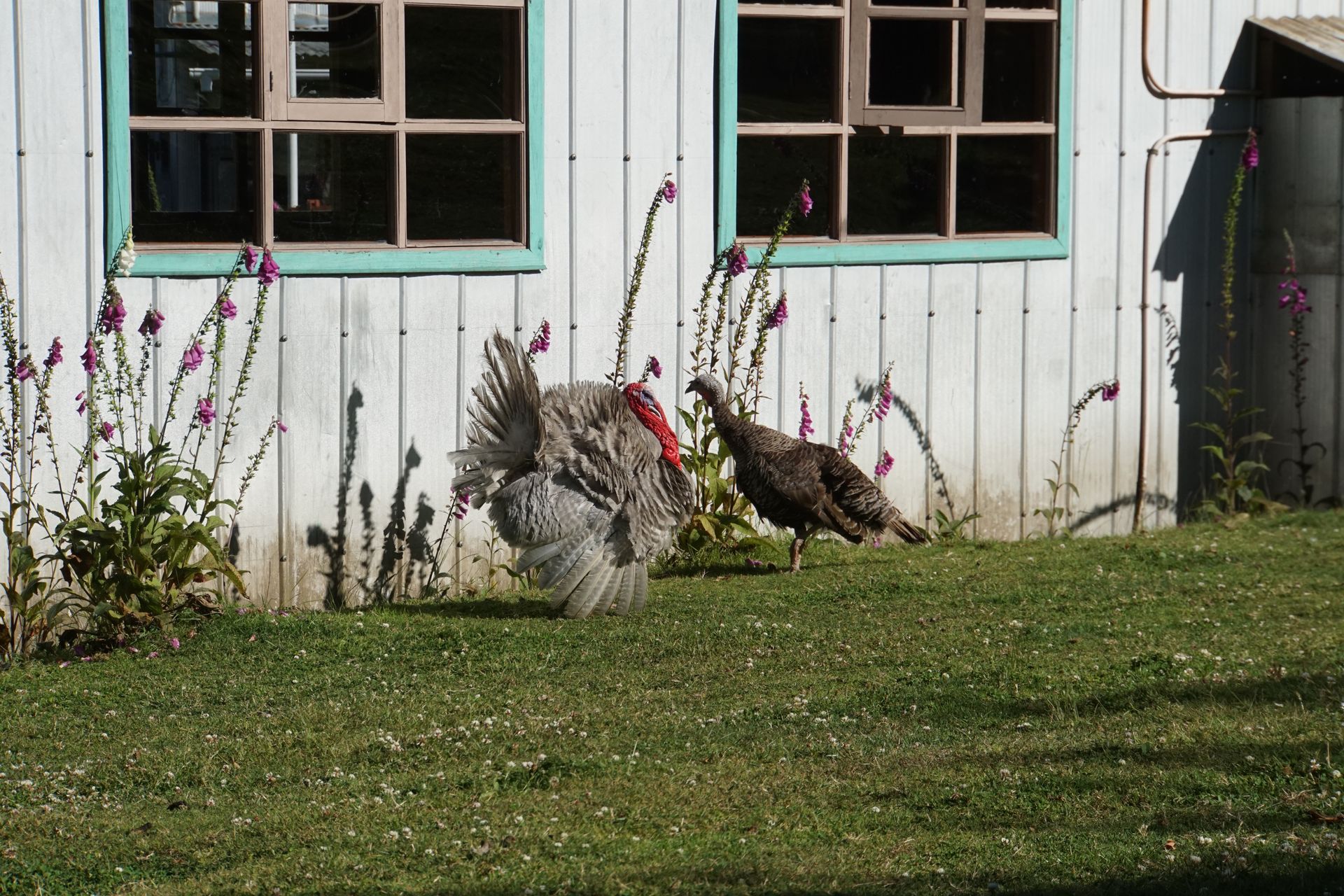
The morning of the following day is used to explore Castro and then go to one of the local cocinerias for lunch. We try fresh salmon and the traditional stew, Curanto. Both taste excellent! The Curanto contains mussels, potatoes, savory sausage, a piece of hearty smoked pork, and milcao, a type of flat potato dumpling. Originally, Curanto was cooked in the ground. But more on that later.
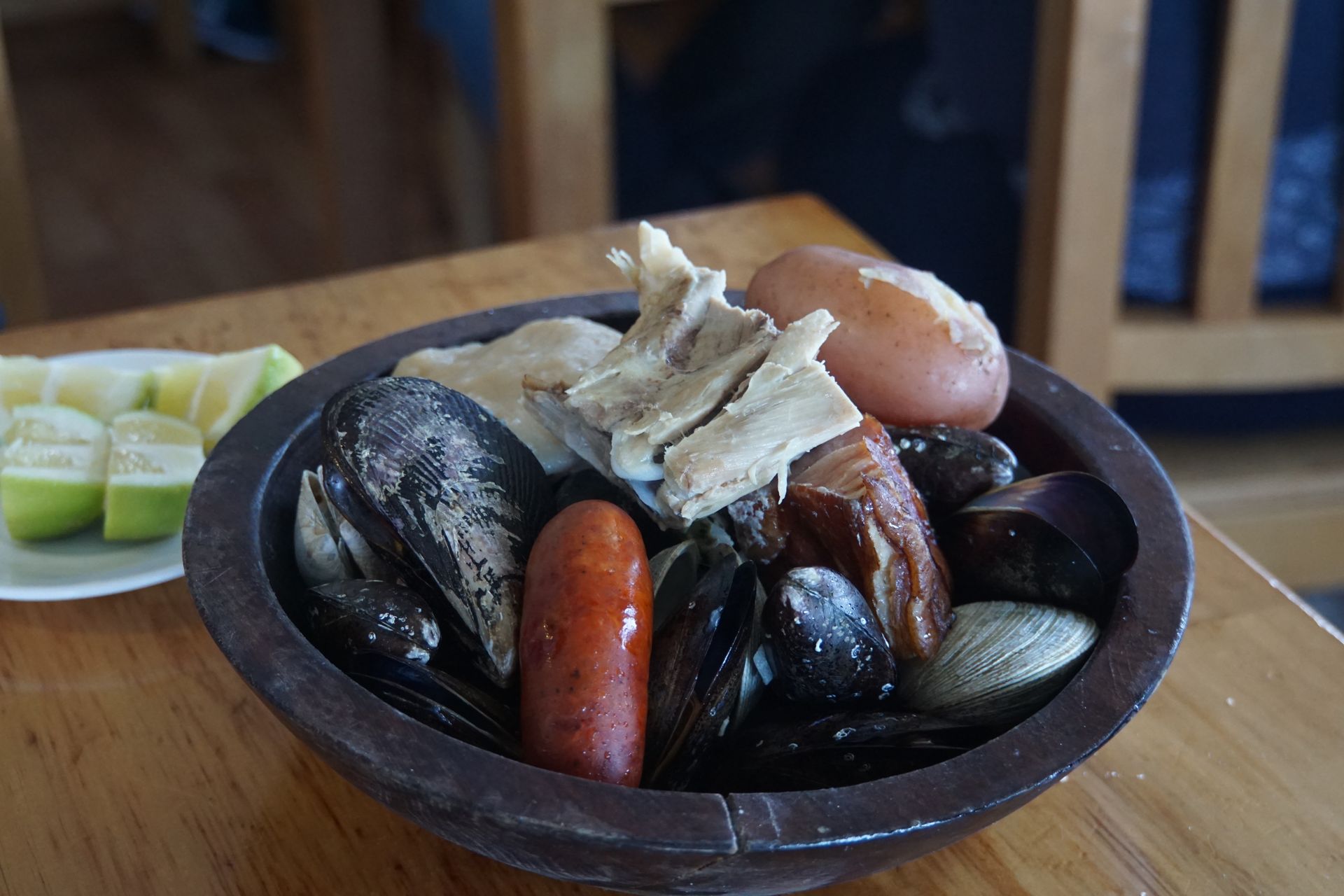
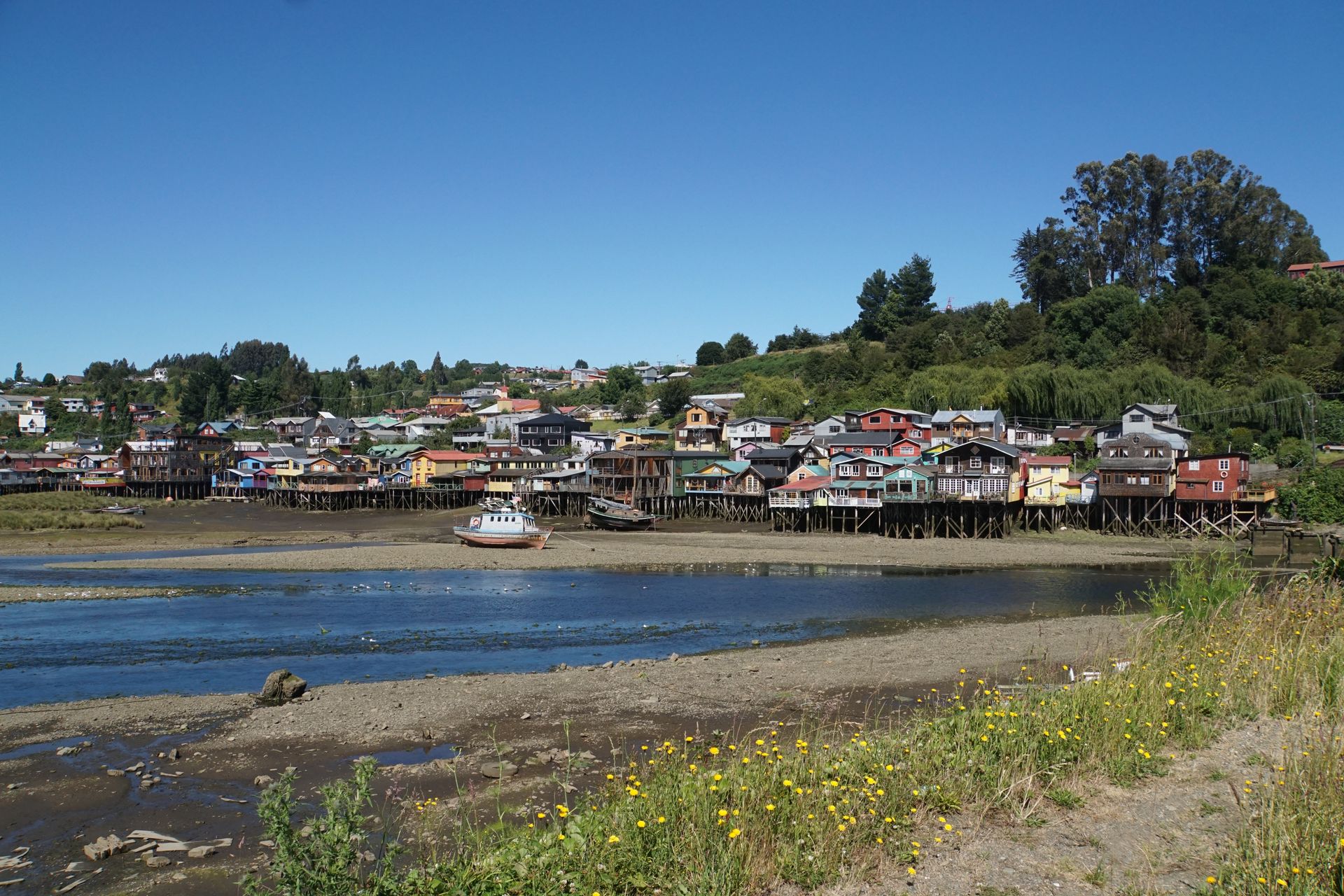
In the afternoon, we head west on the island, as the following day we want to visit the national park located there.
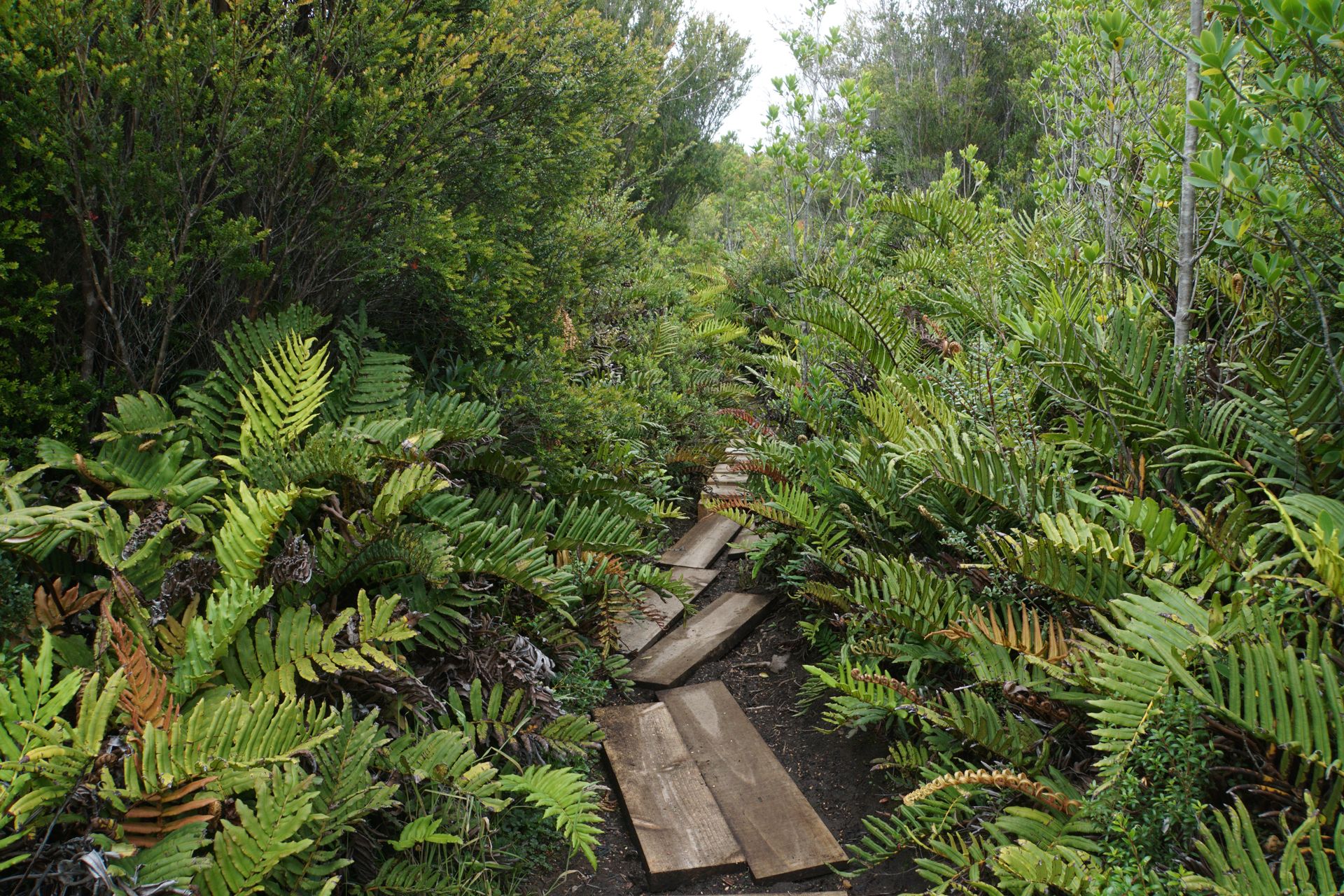
The boardwalks in the national park
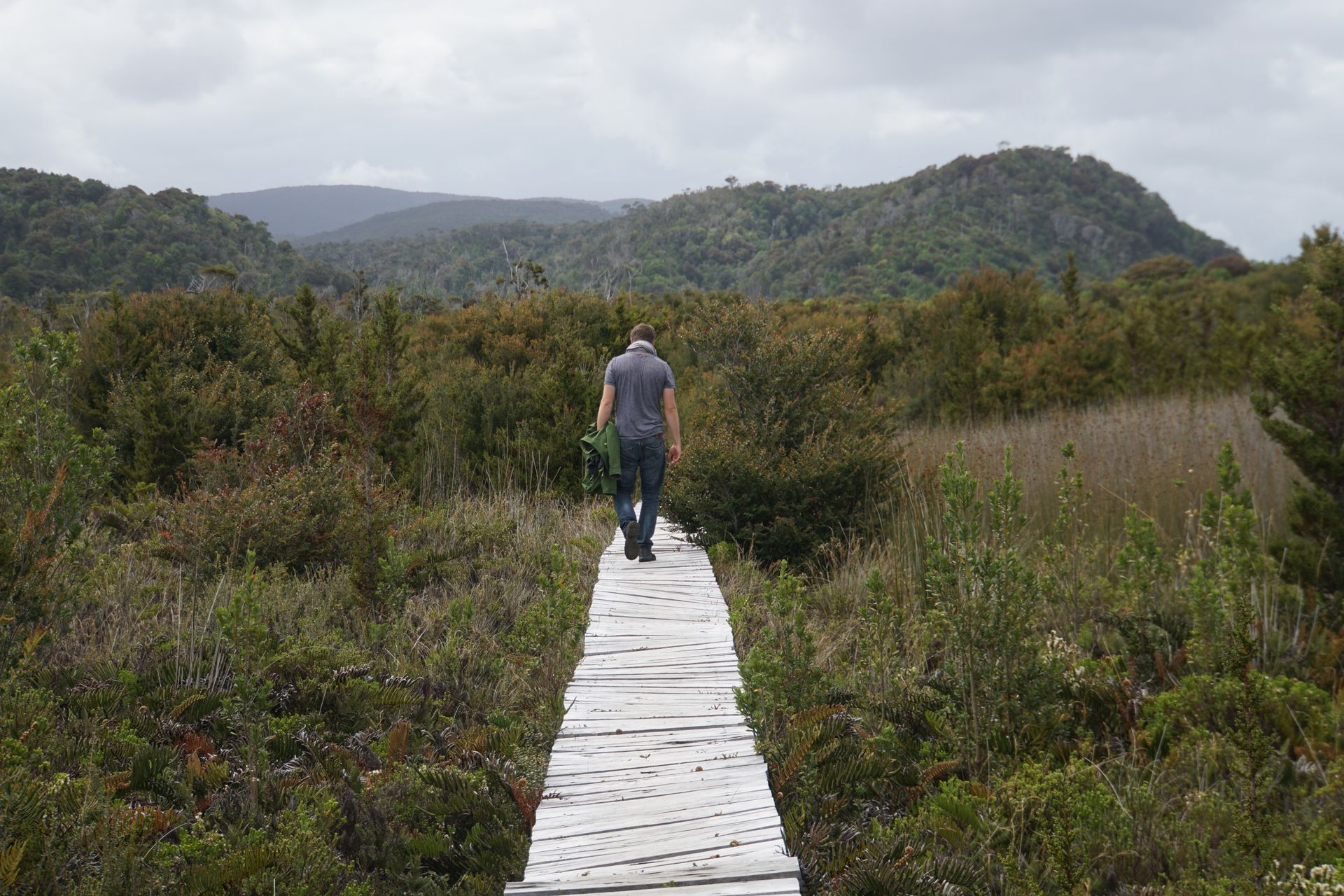
Wooden path in the national park
The national park turns out to be very small and rather unspectacular. After about an hour and a half, we have gone through most of the park. It is still possible to hike to the coast, but we don't have the time for that. The day before, we found out from the tourist information center in Castro that there is a potato festival on the small island of Lemuy, which we don't want to miss. After waiting for half an hour - in general, the clocks tick a little slower on Chiloé than in the rest of the world - at the ferry, we cross from the large island to the small one. The festival mainly consists of food and drink stands and a large stage. A bit like a small wine festival. The locals here also drink the occasional bottle of red wine. There is a lot going on for such a small place. It seems that the small festivals that take place throughout the year on Chiloé are the highlights for the locals. Traditional curanto preparation is demonstrated on the stage. Since the line for curanto is too long, we opt for chuchoca, a type of dumpling dough that is baked on a huge stick over an open flame and filled with a little chicken and crispy fried chicken skin. It may not be the healthiest option, but it was delightfully greasy and very delicious!
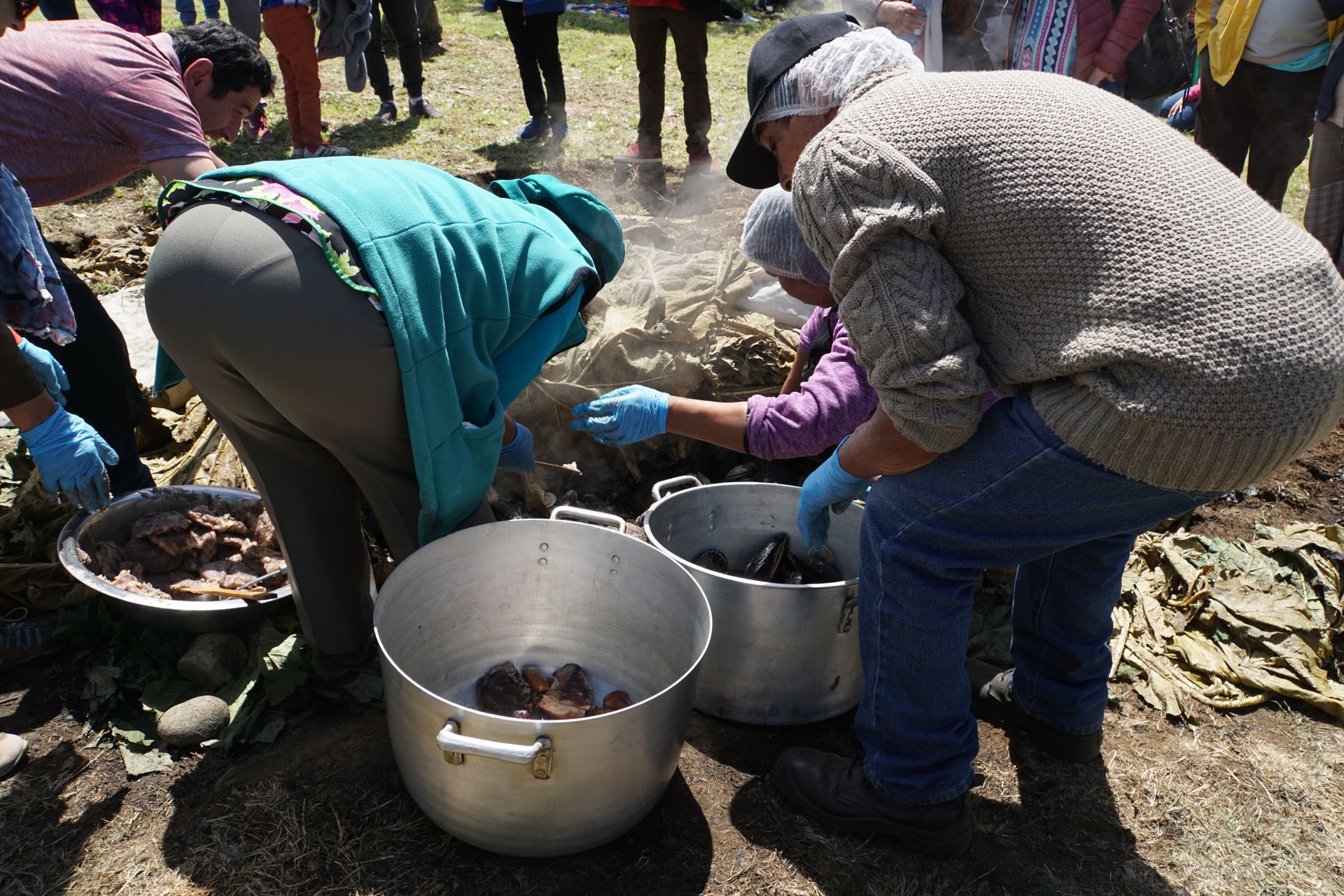
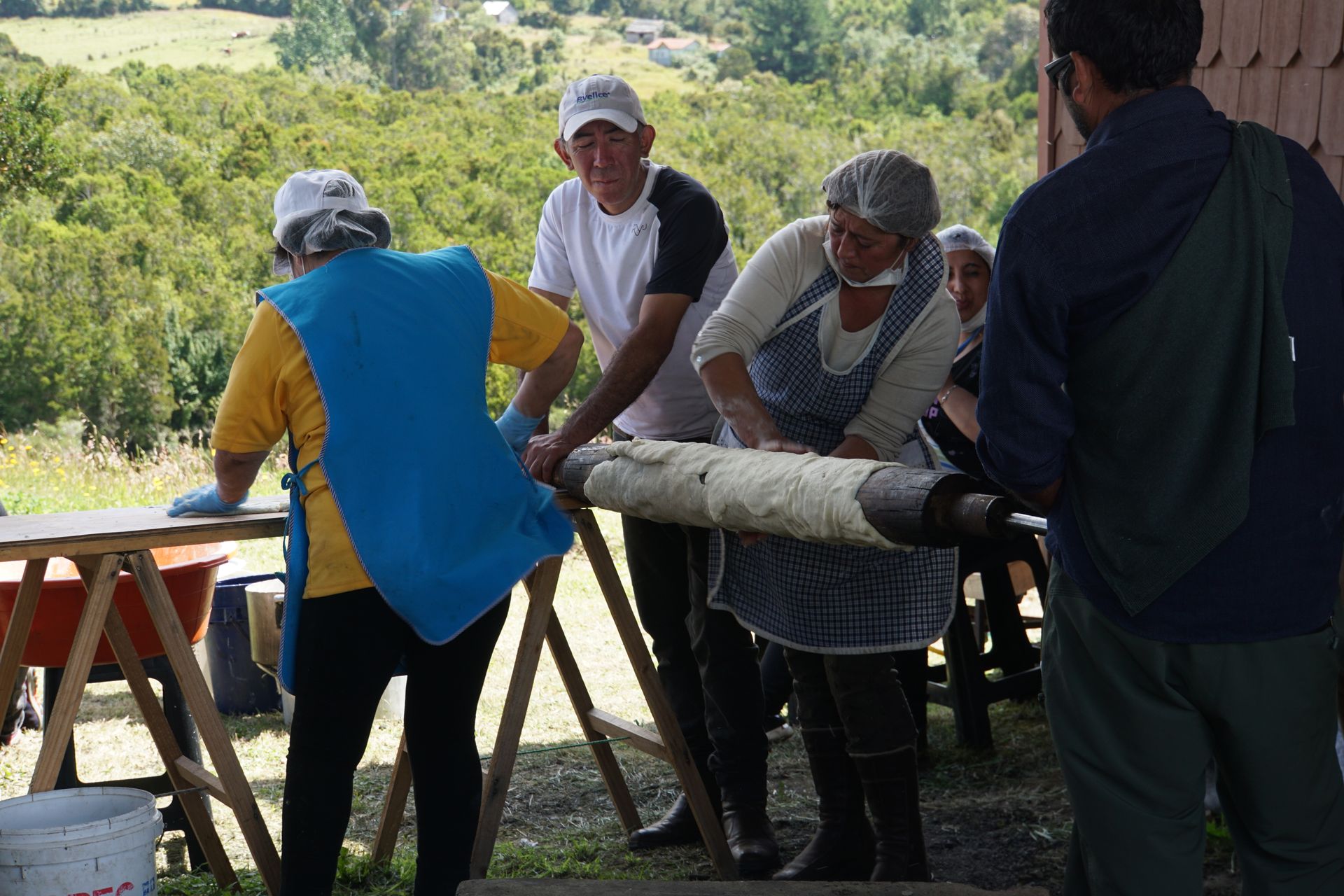
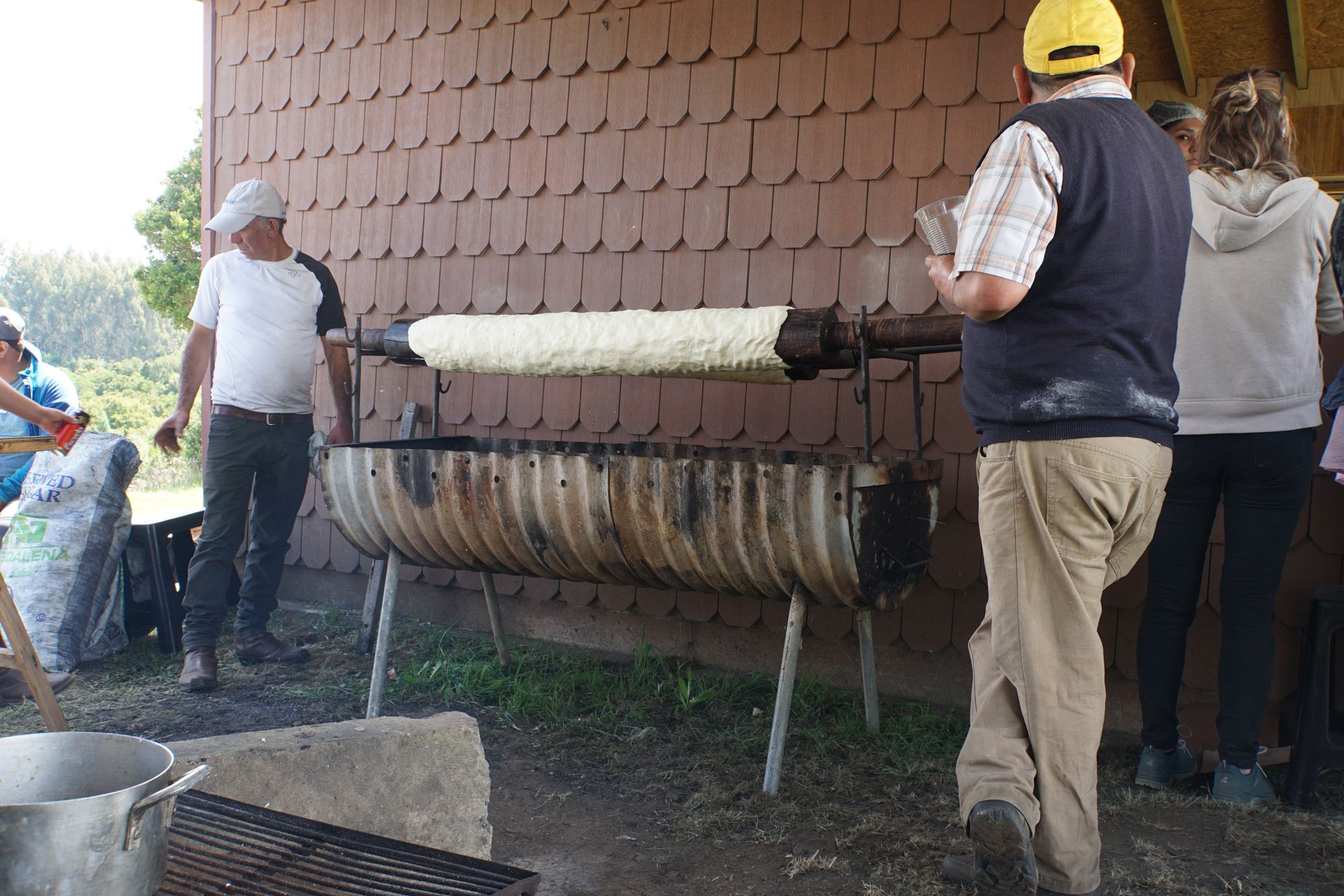
Now we are heading back to Ancud, where we will spend the last night on Chiloé. Tomorrow, we have to return the rental car and then we will travel to Valparaiso and Santiago, our last two stops here in Chile!
समाचारपत्रस्य सदस्यतां गृहाण
उत्तरम्
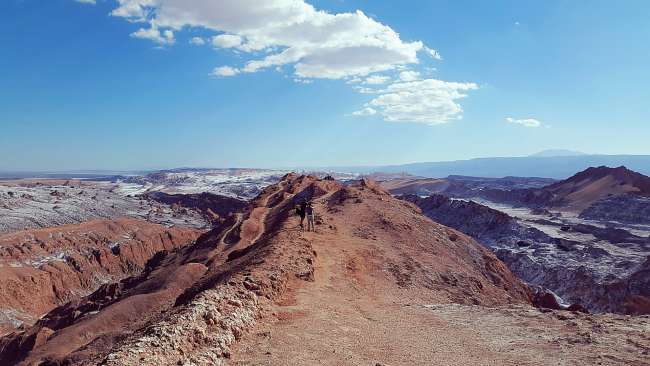
यात्राप्रतिवेदनानि चिली
